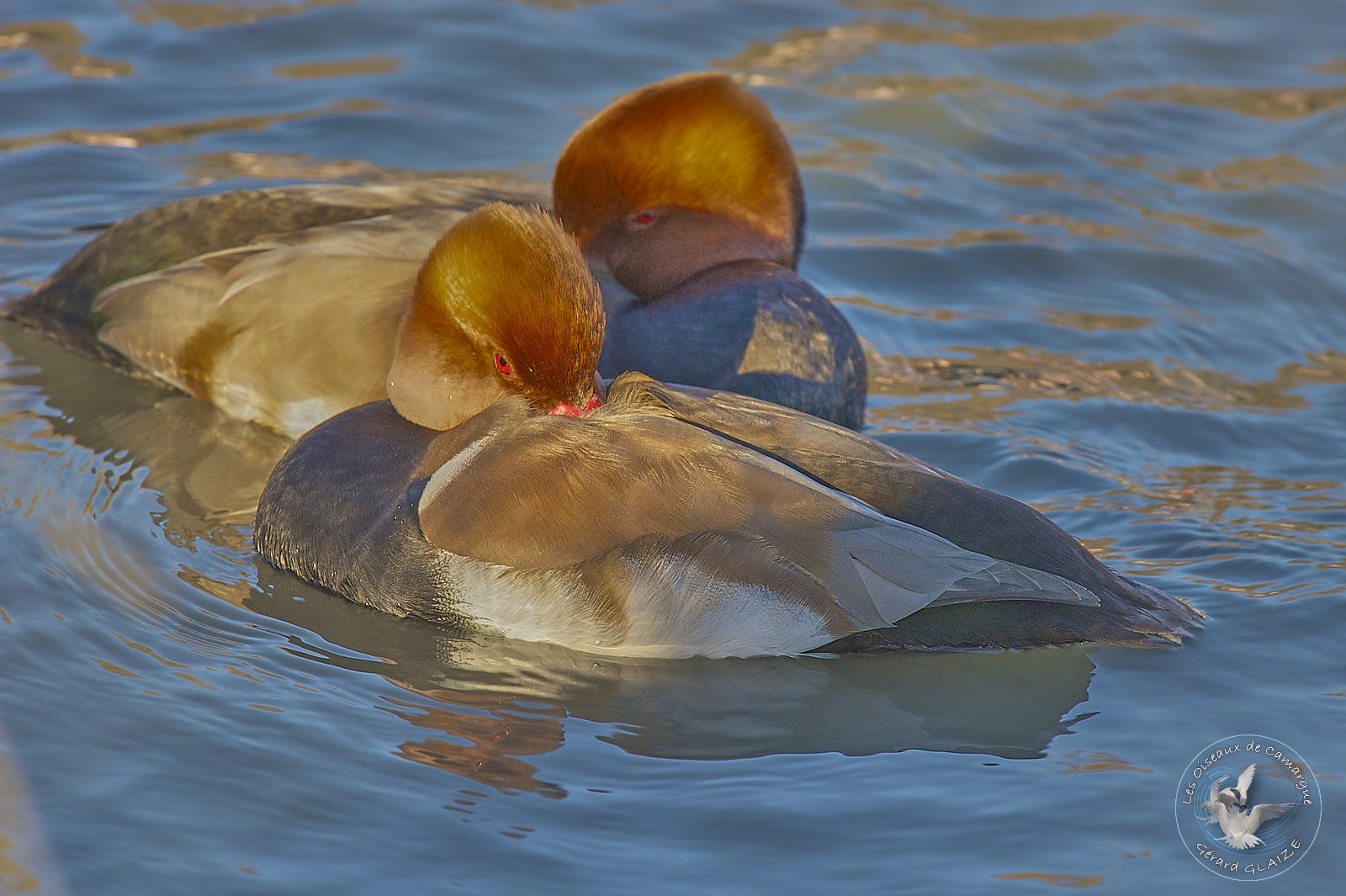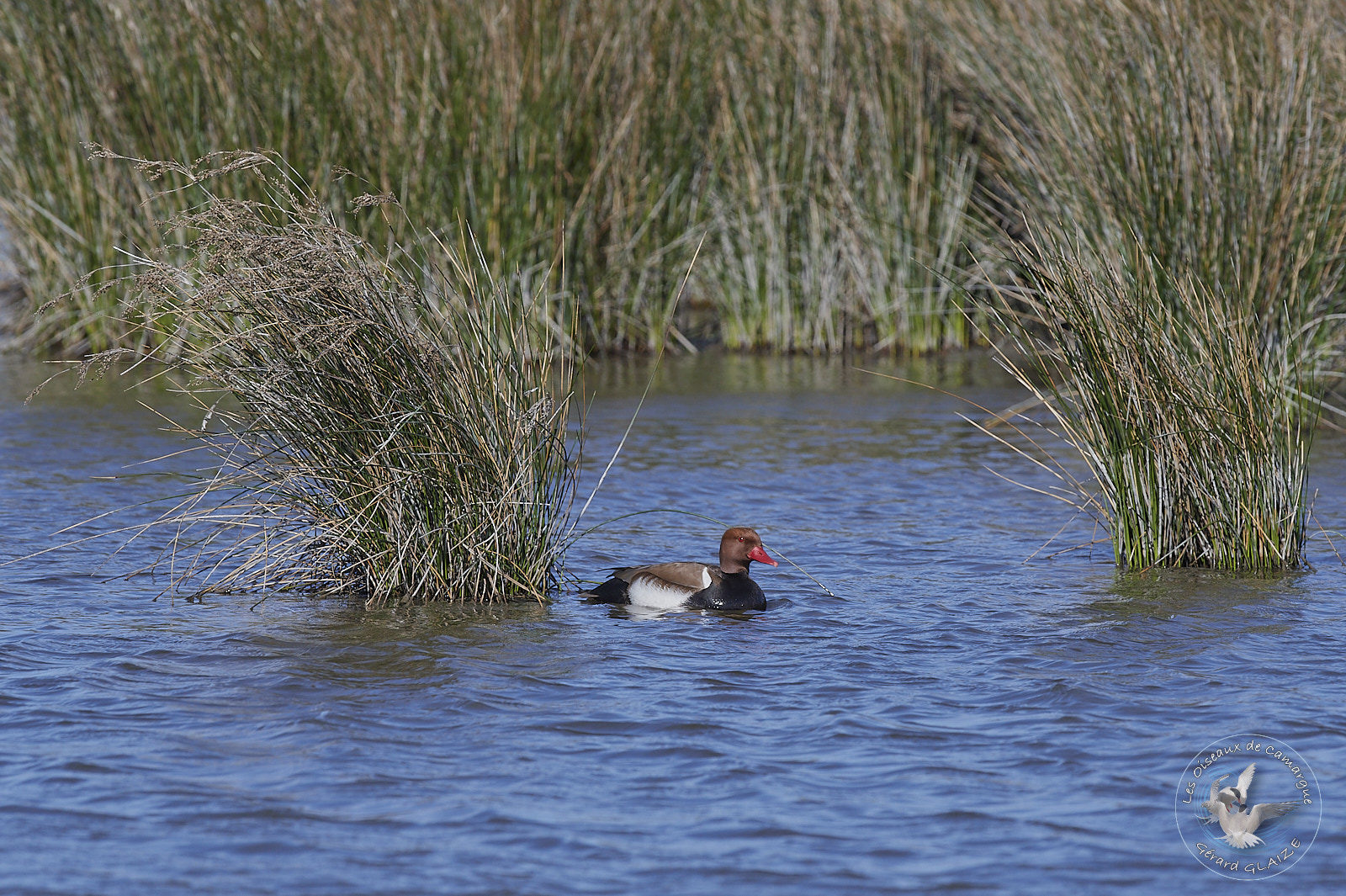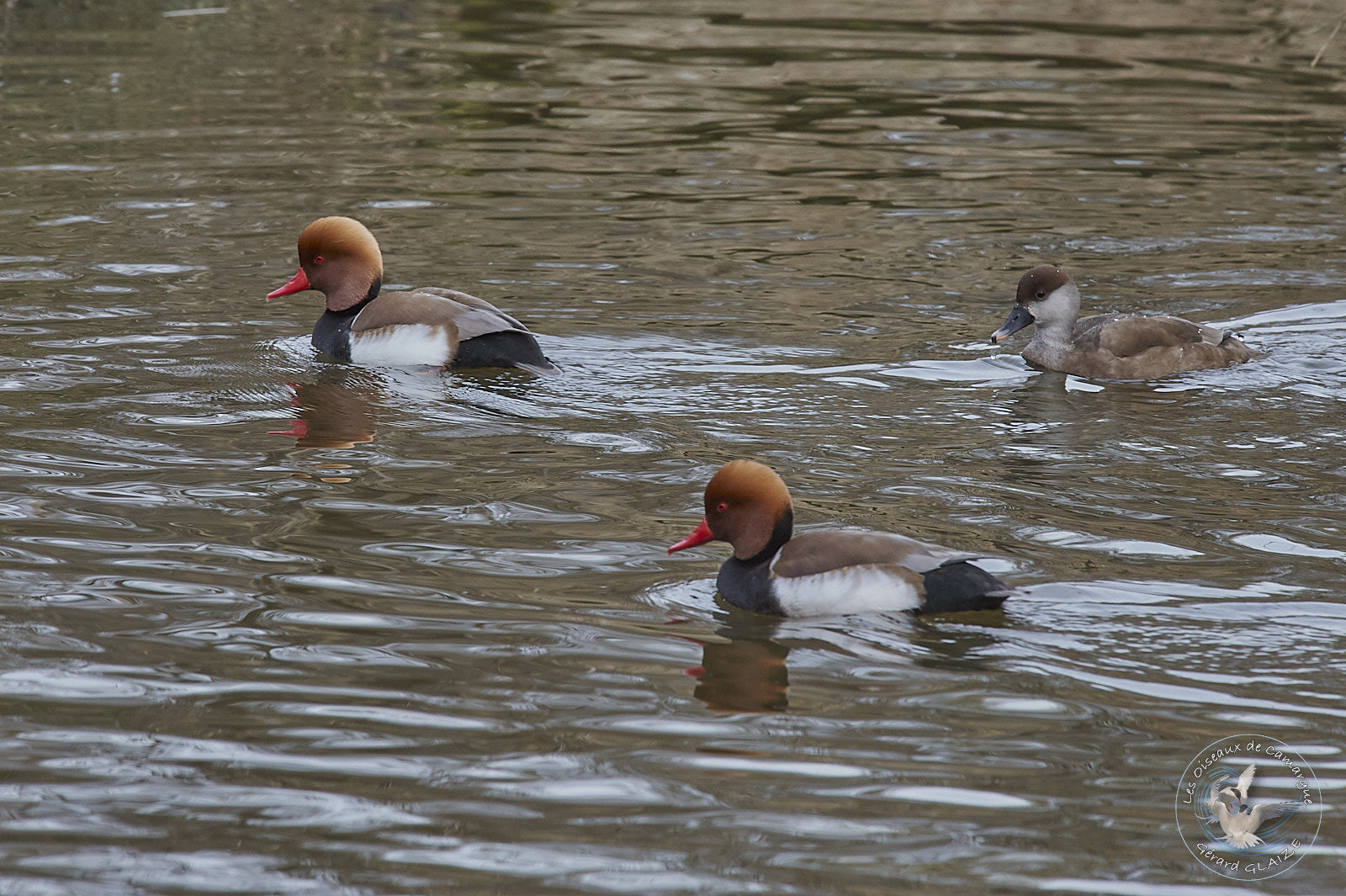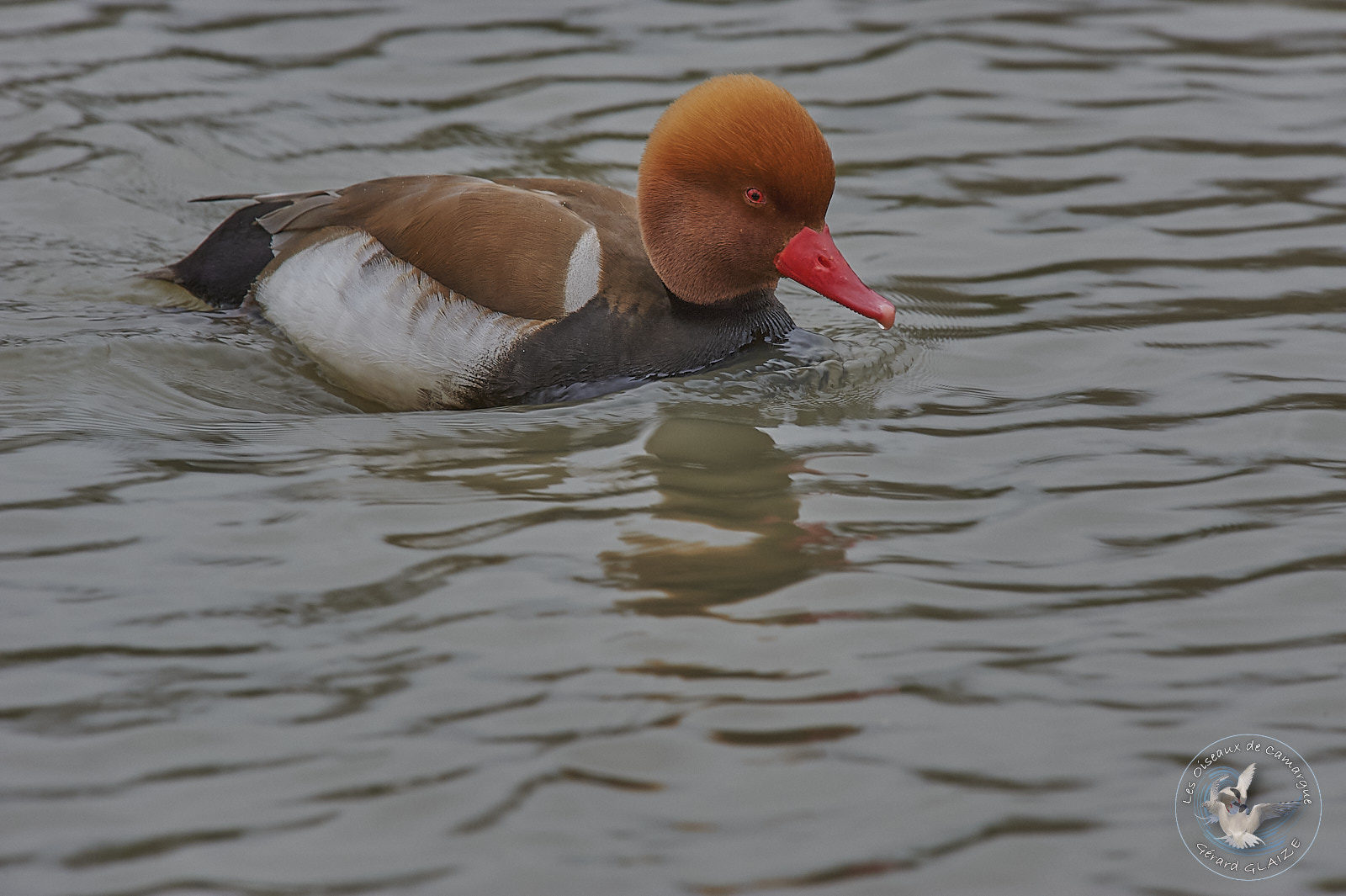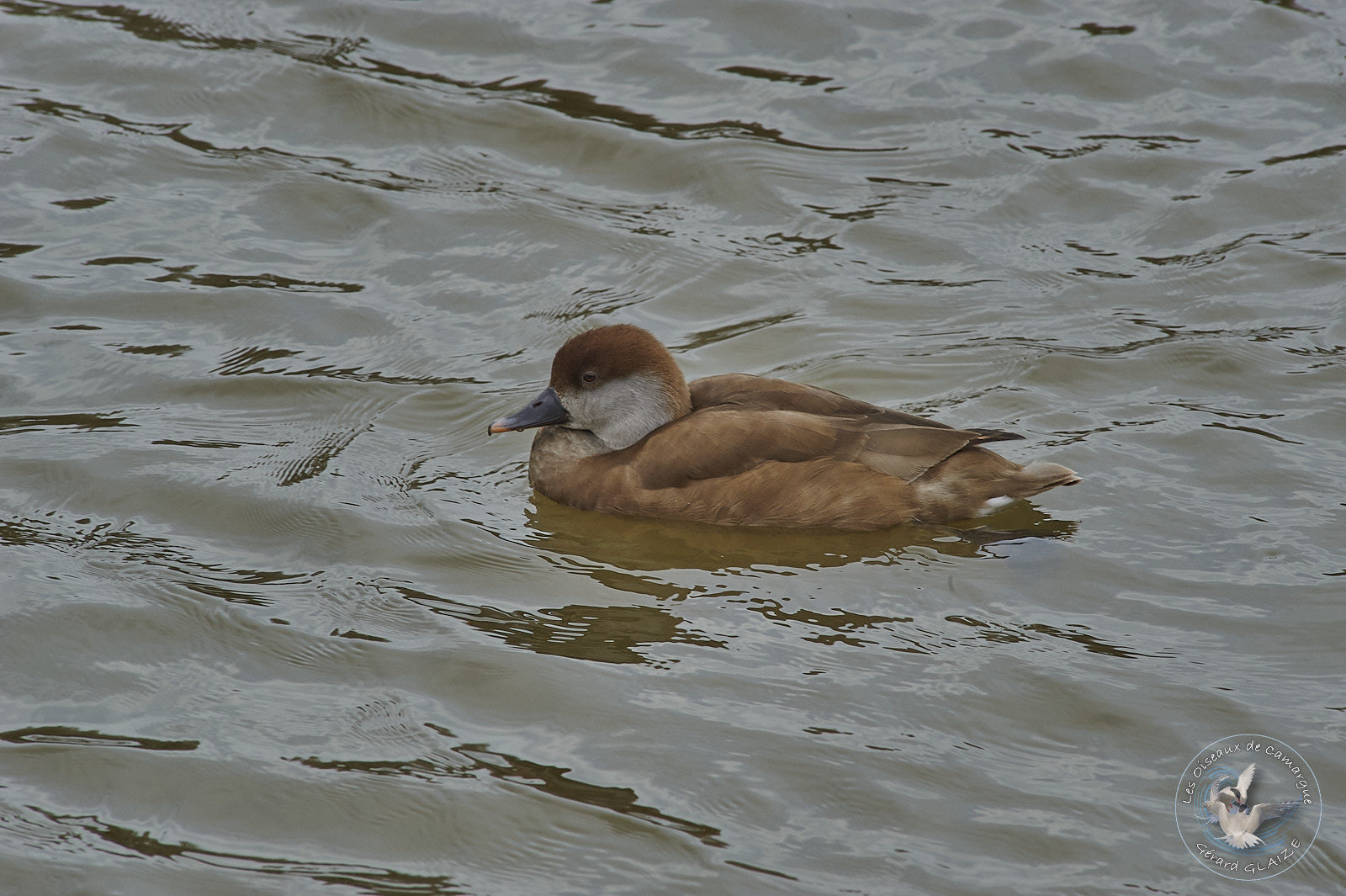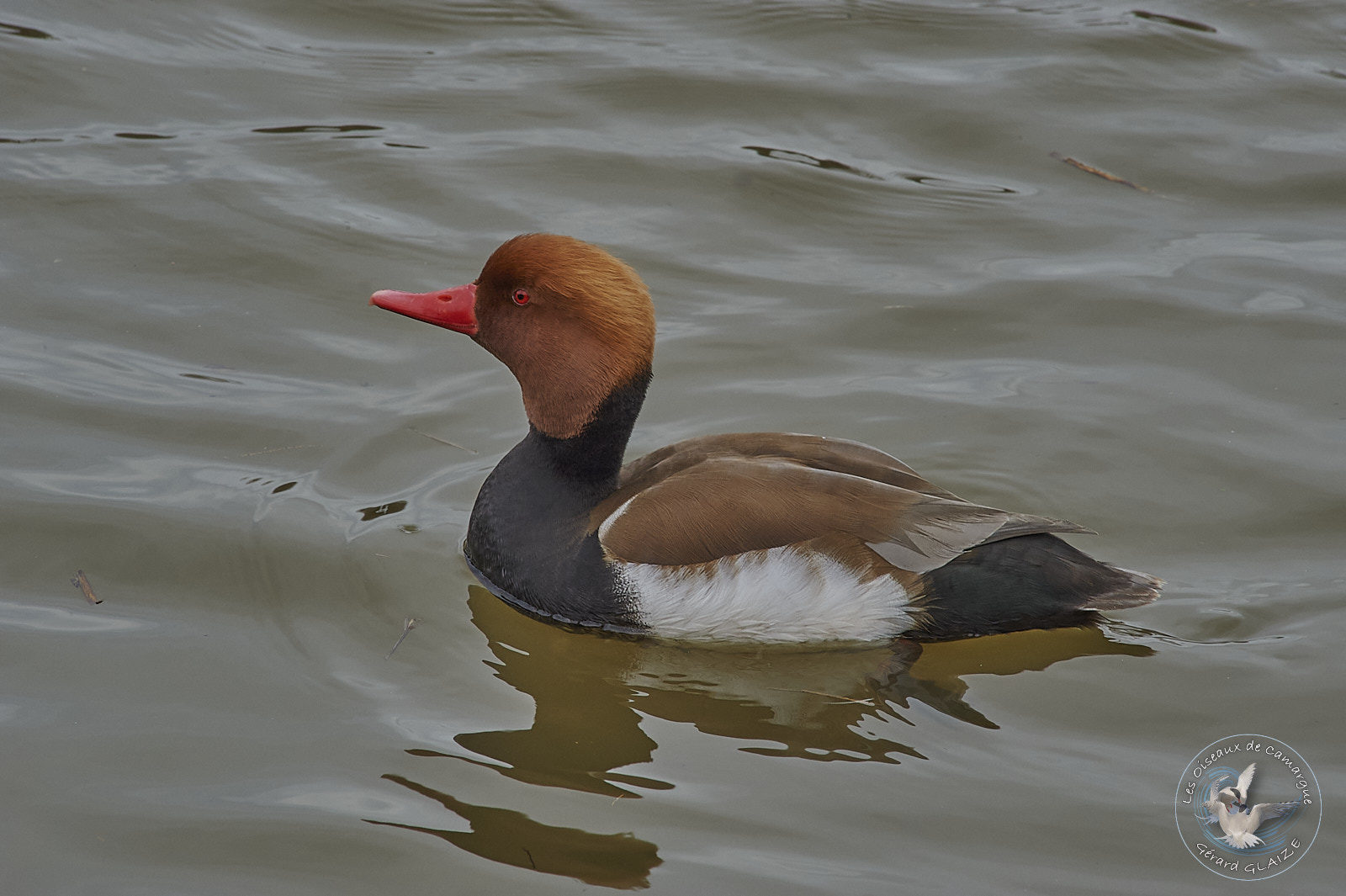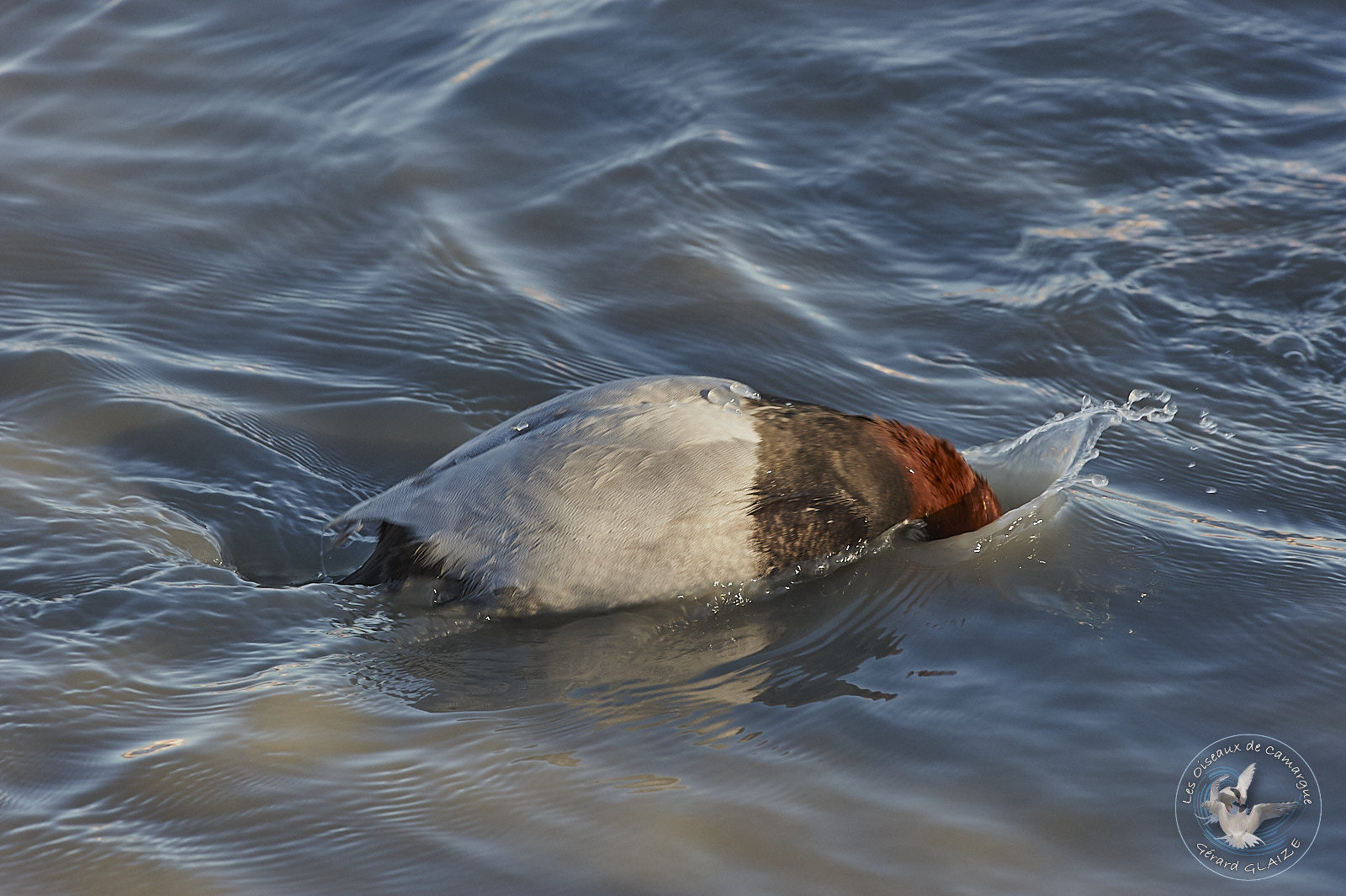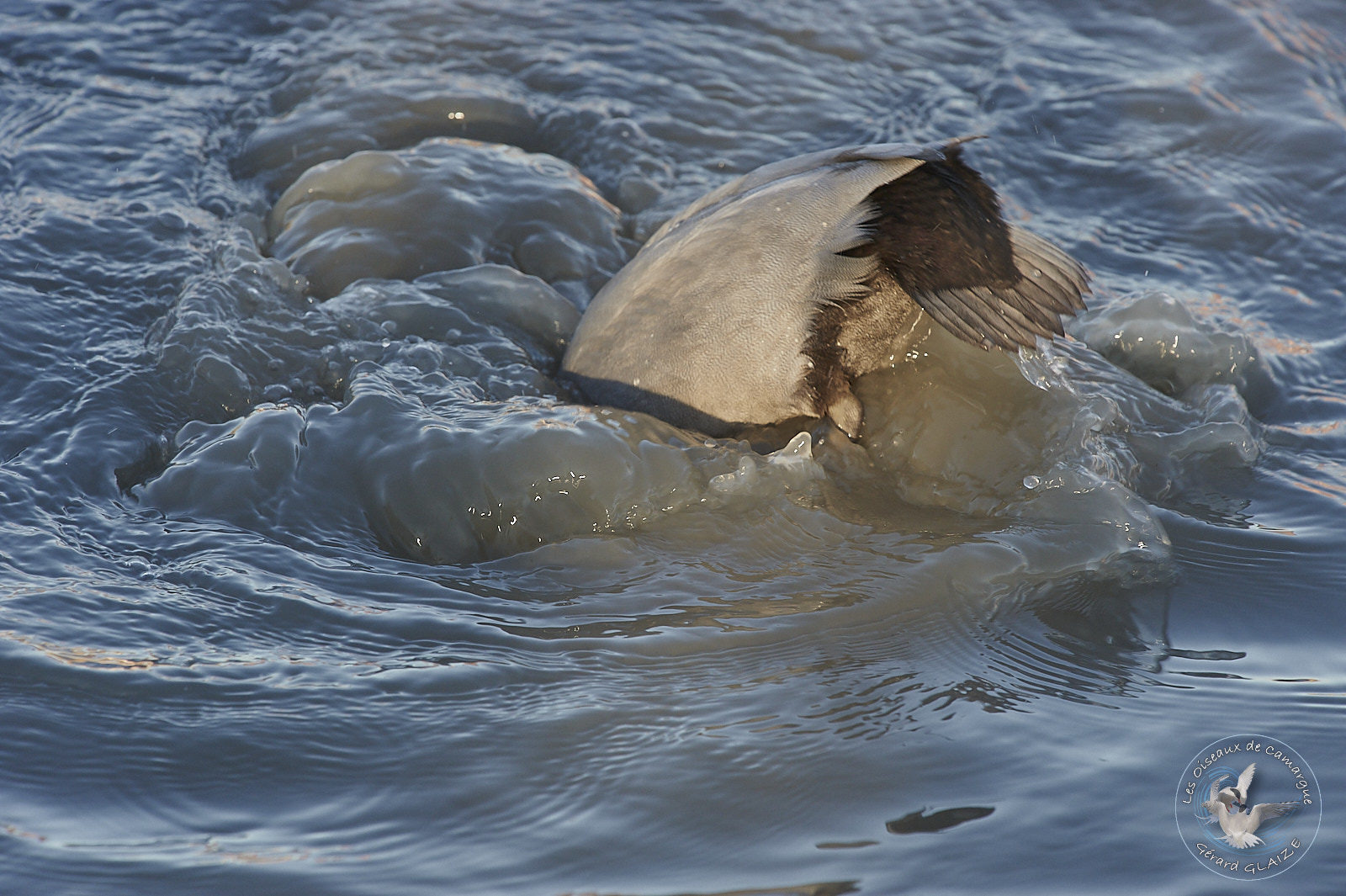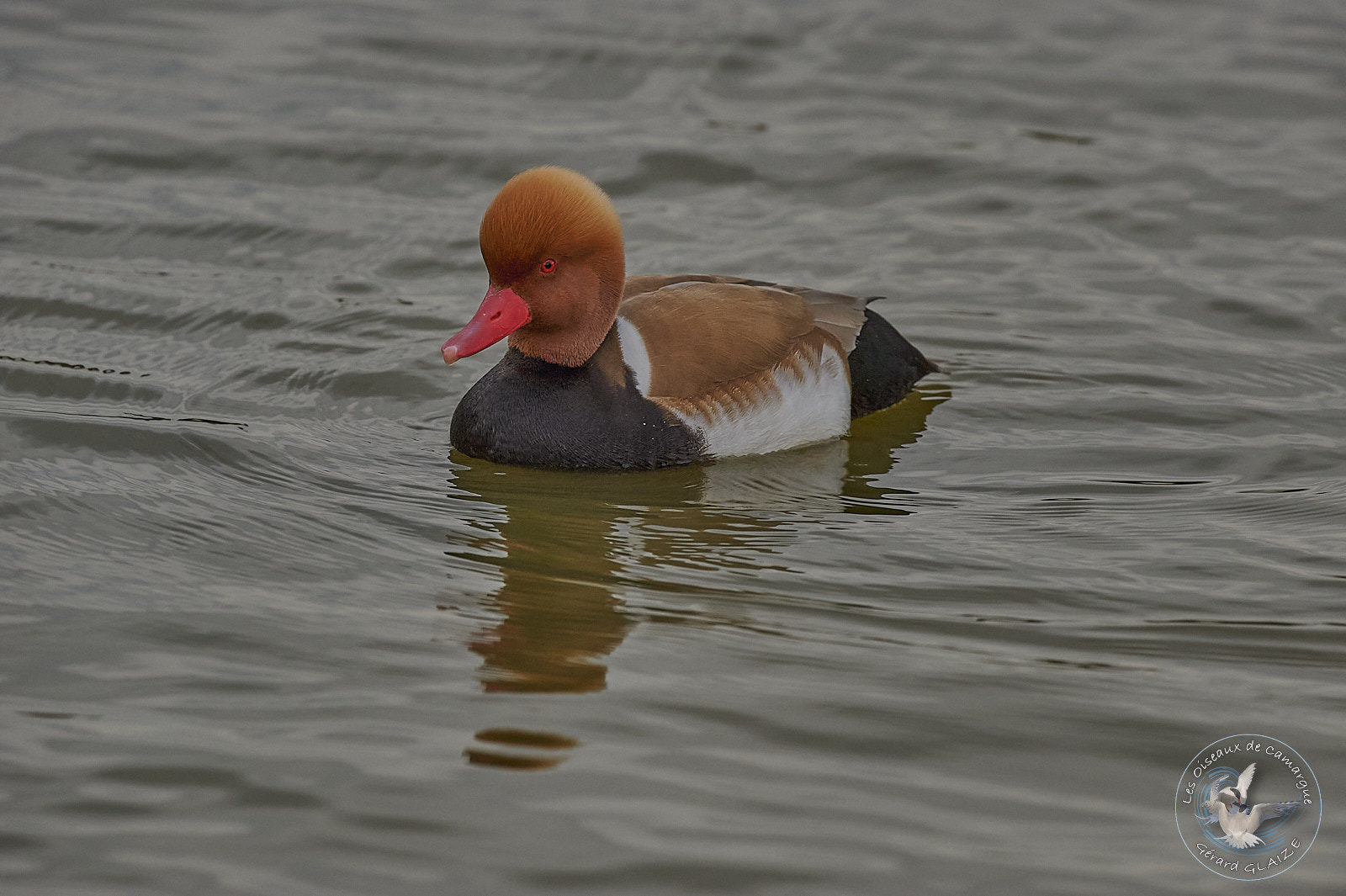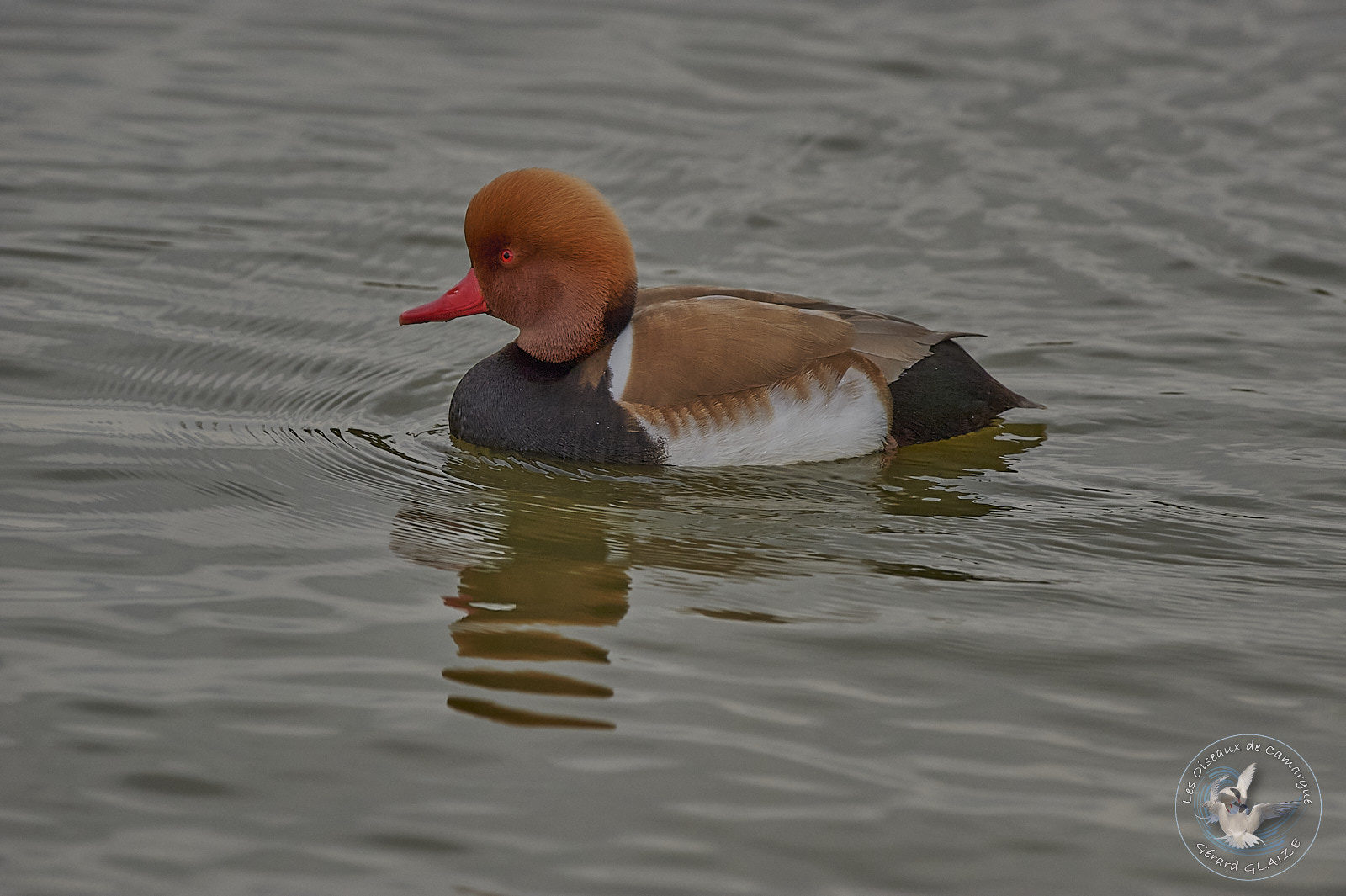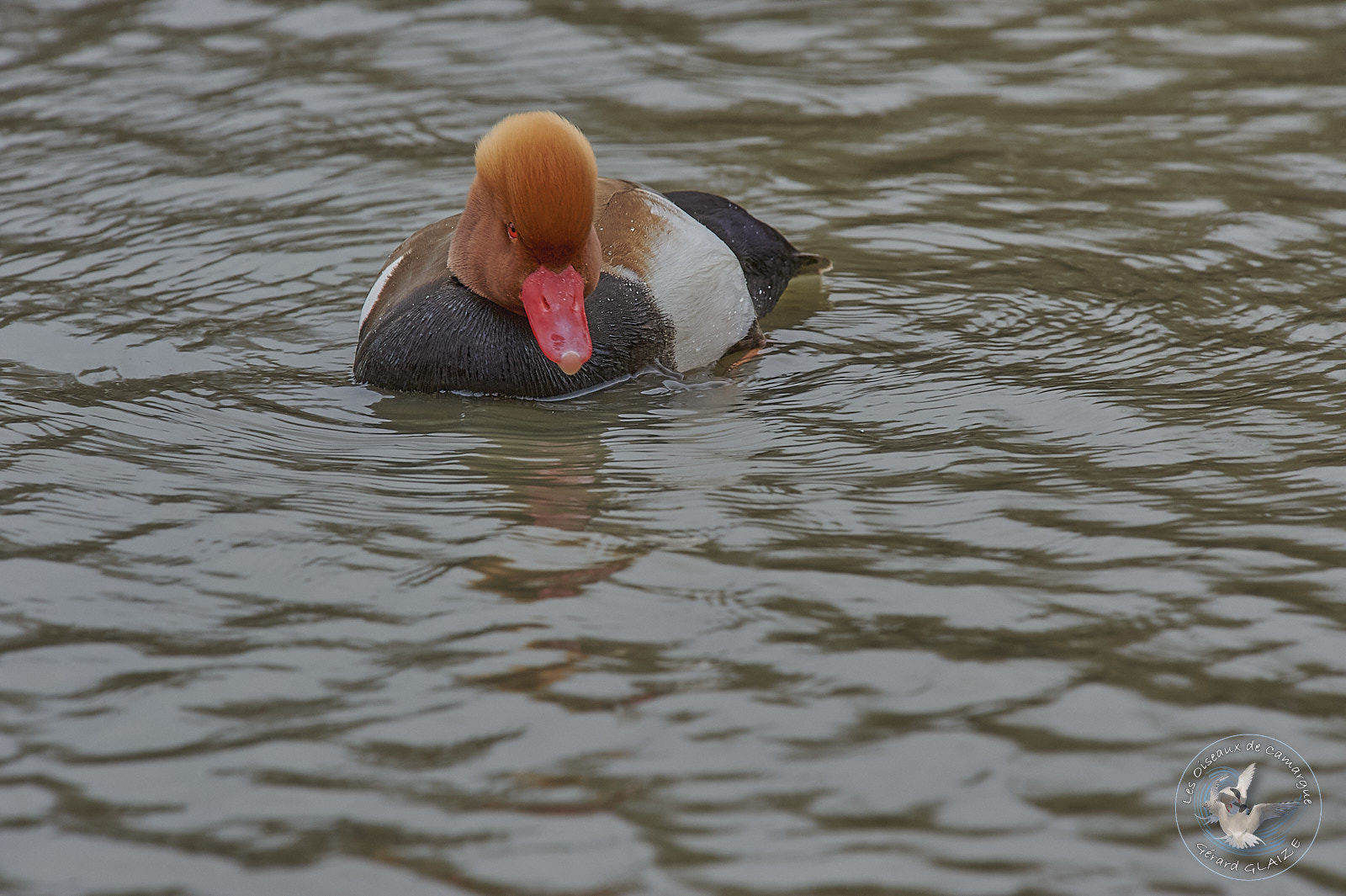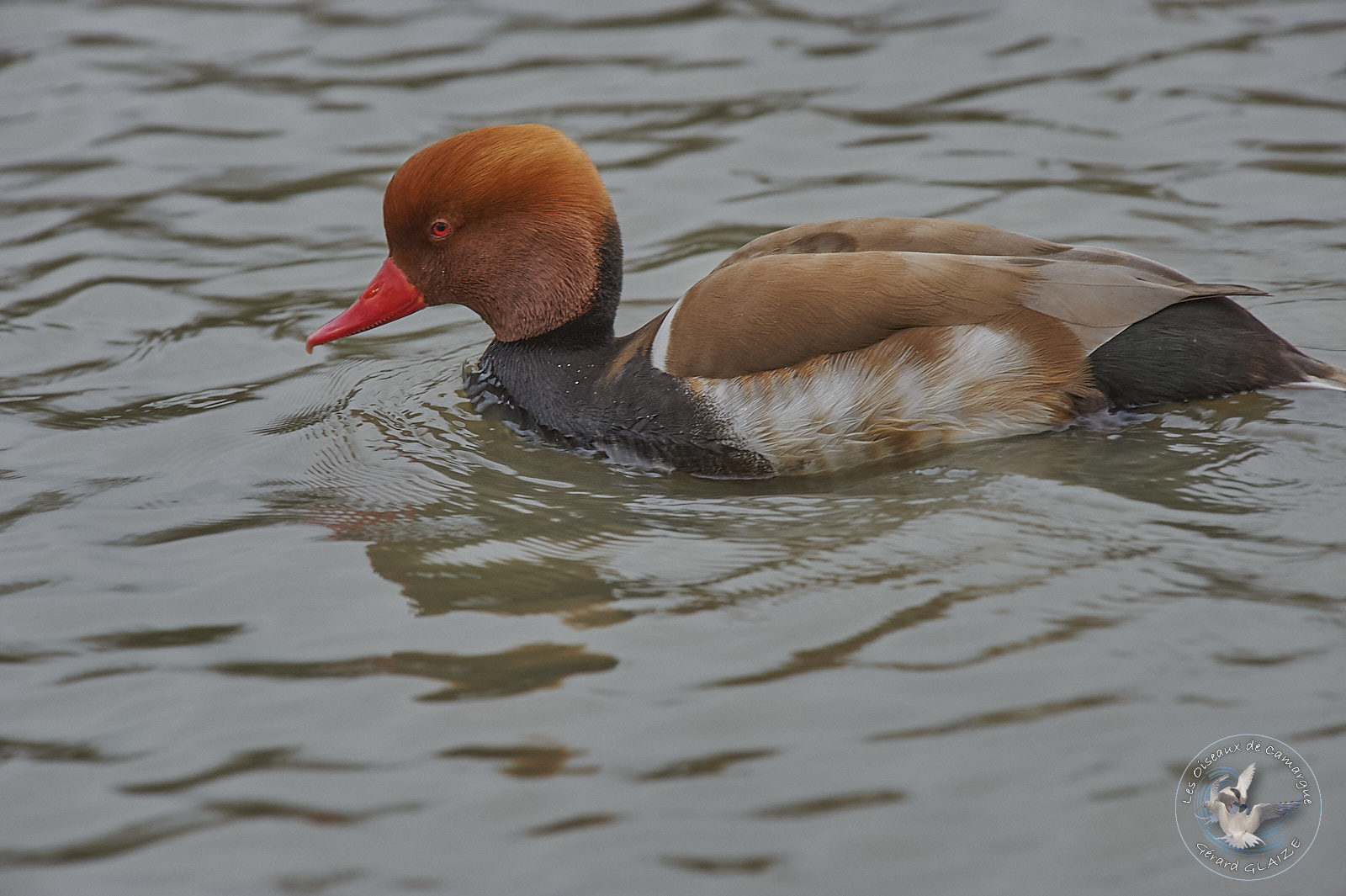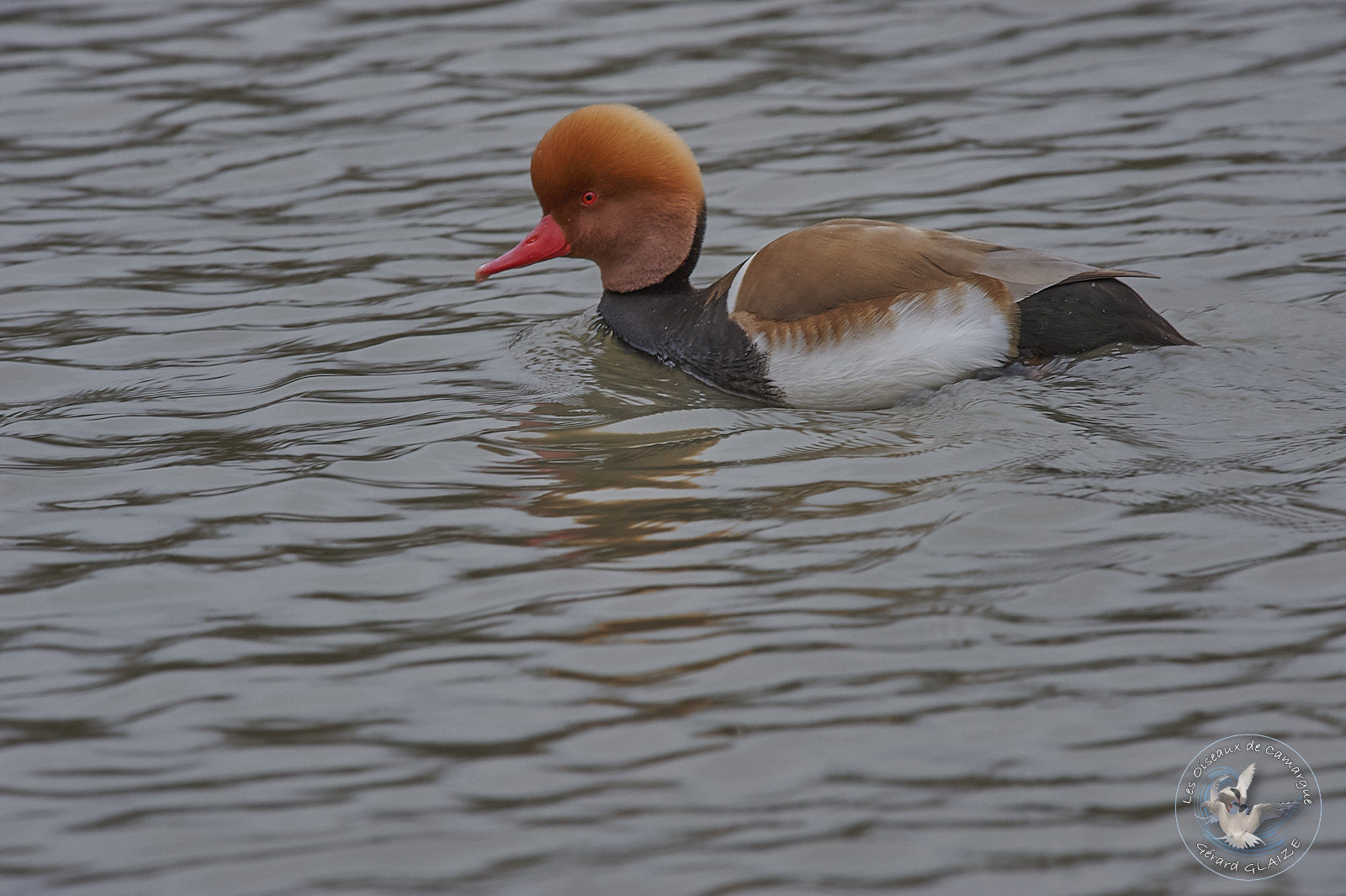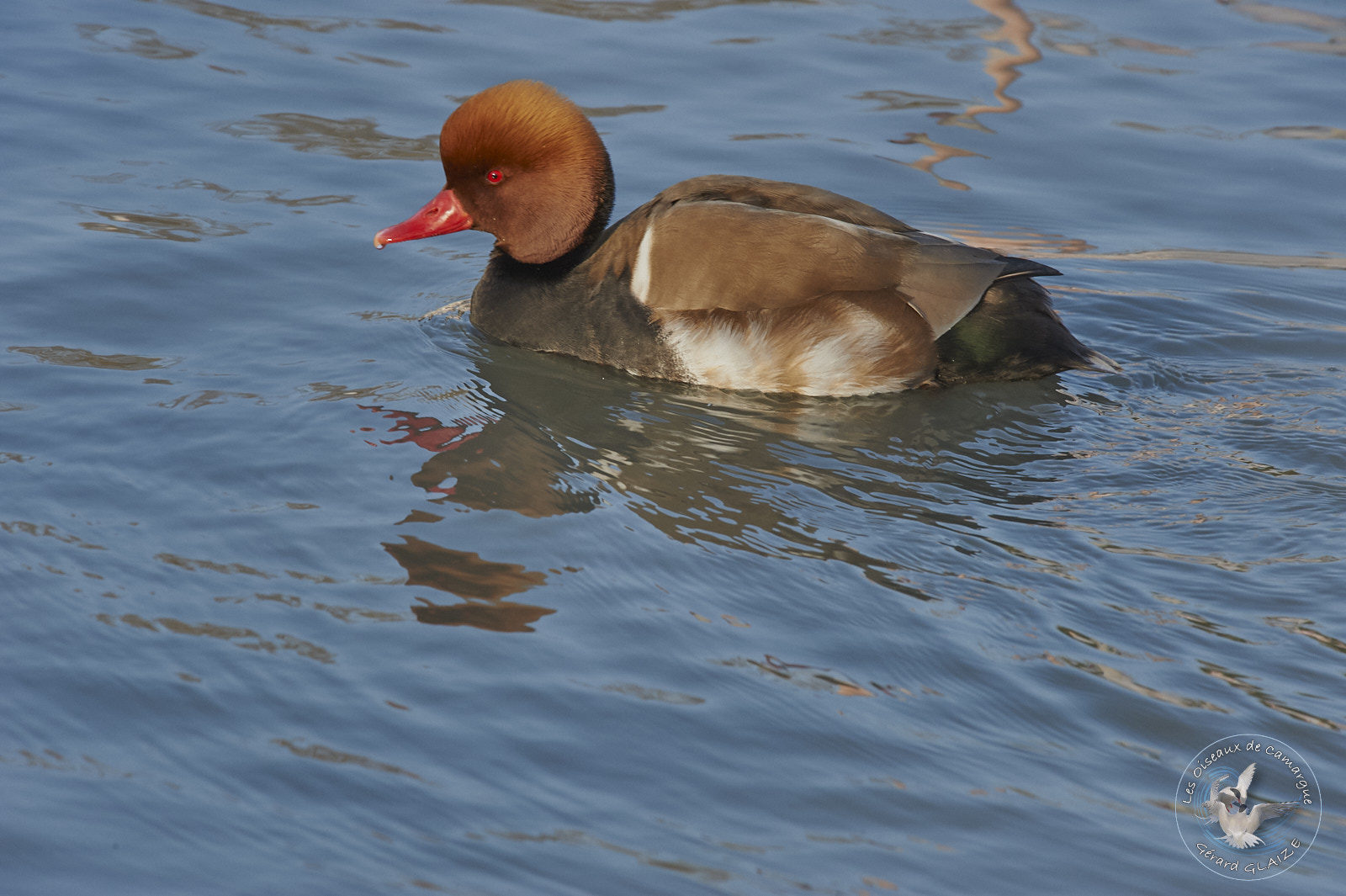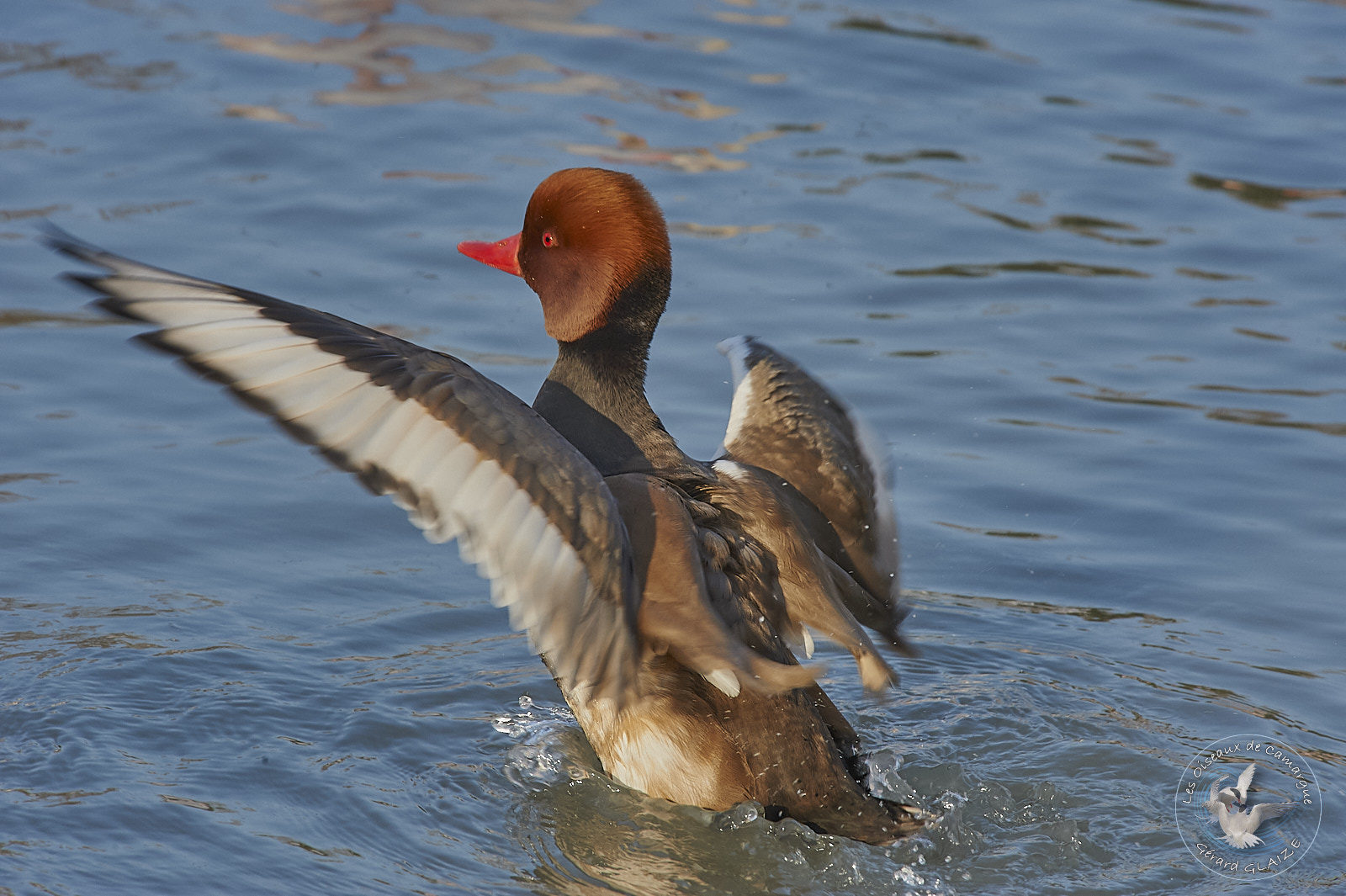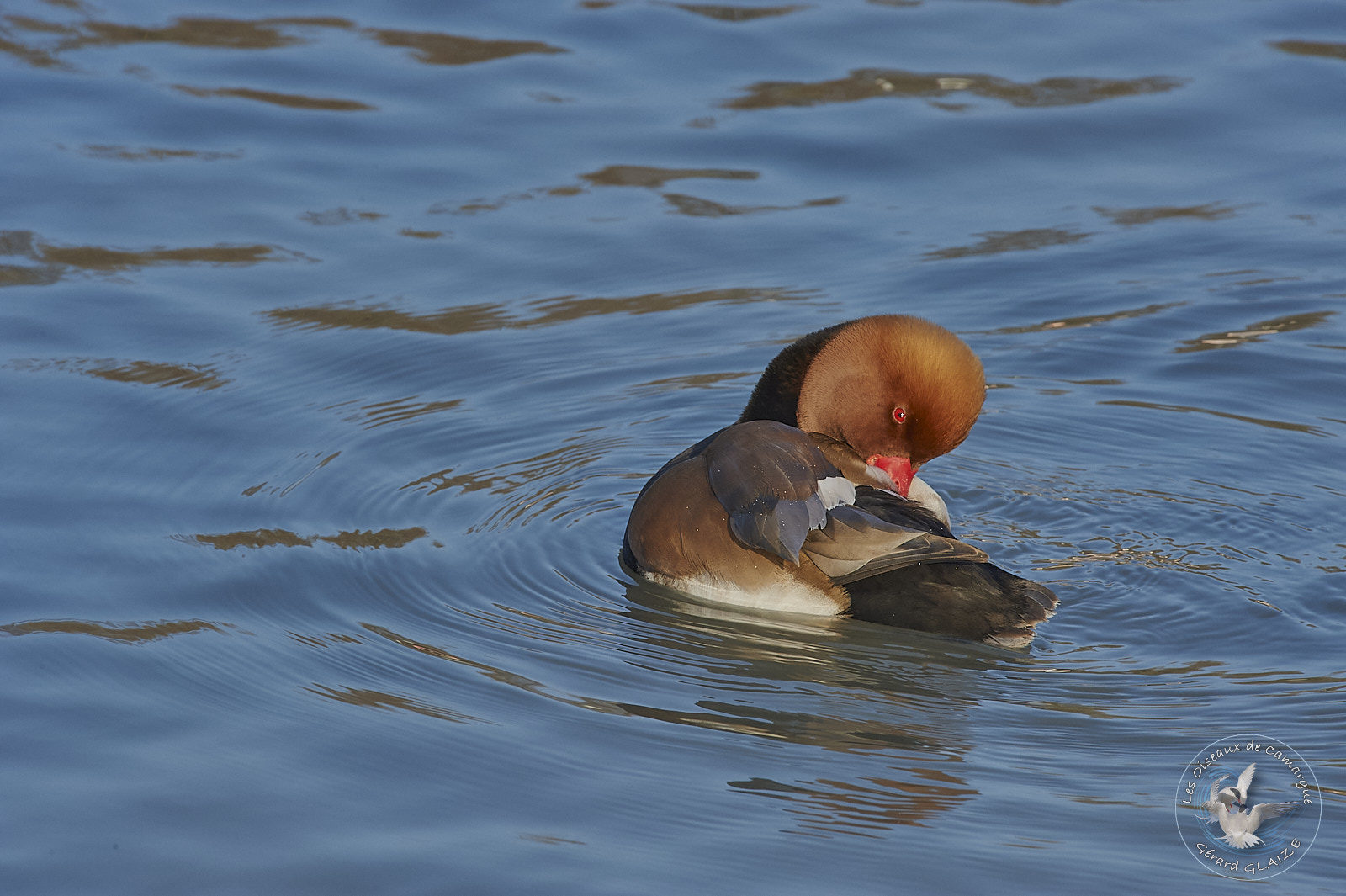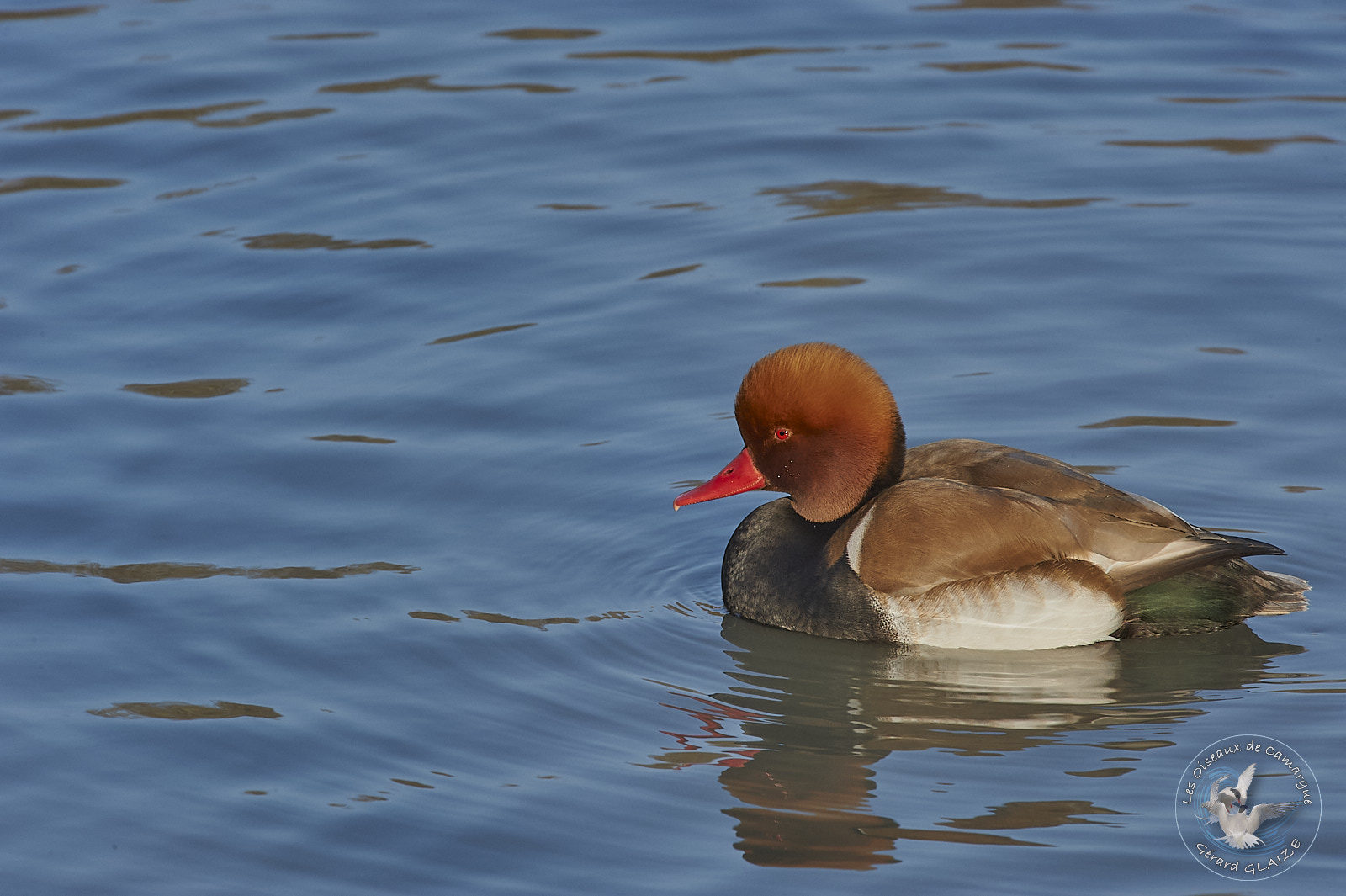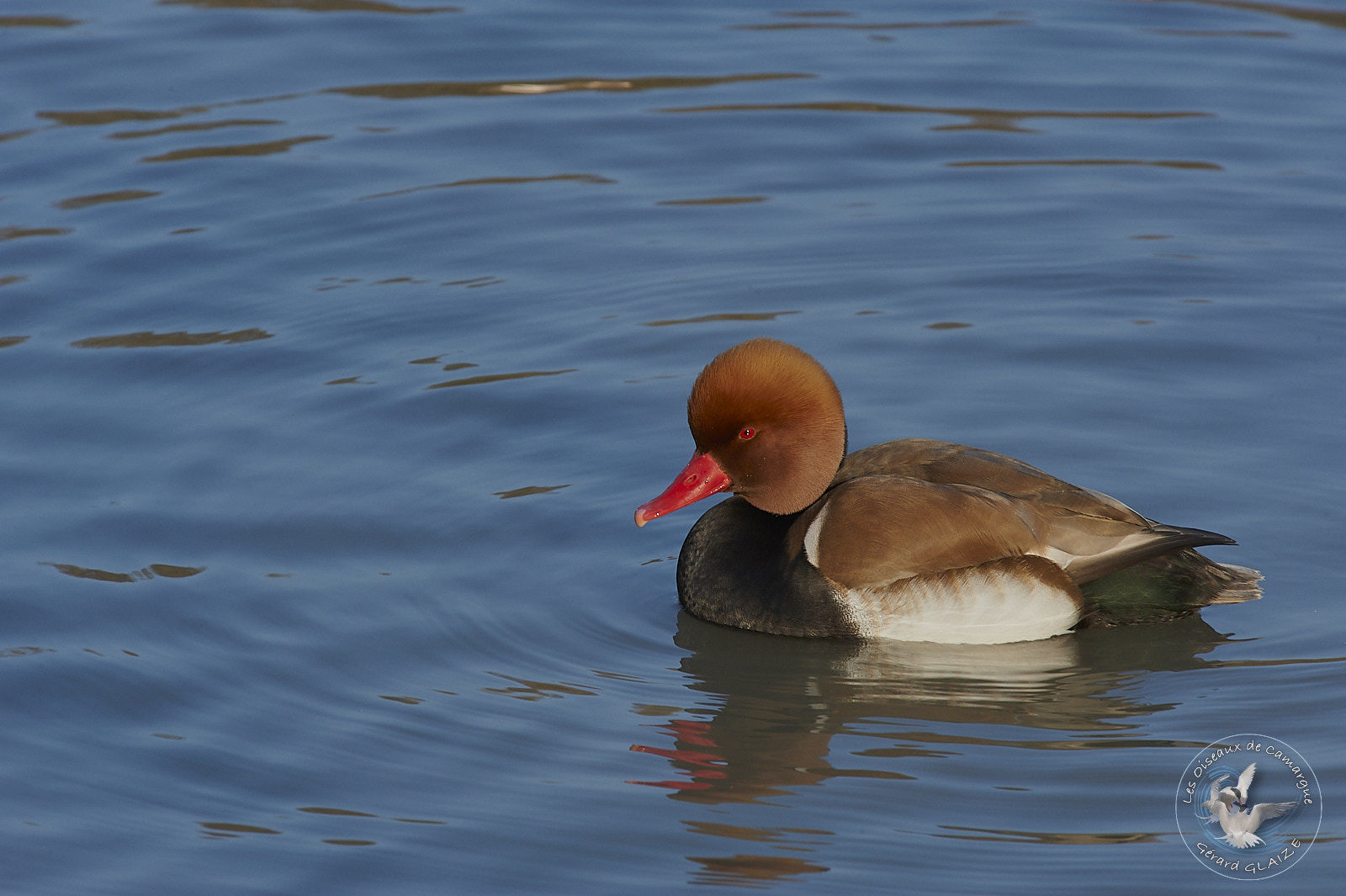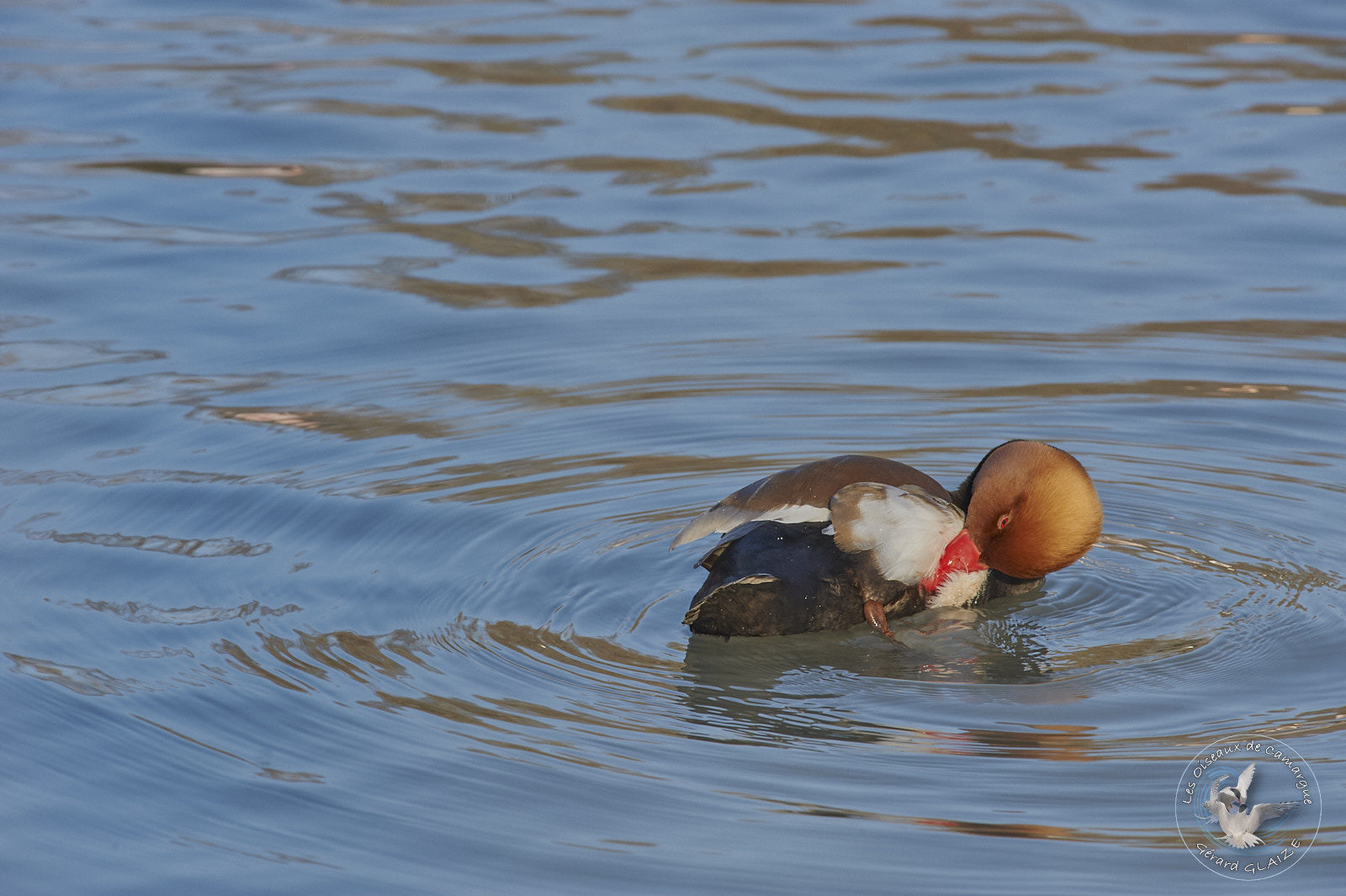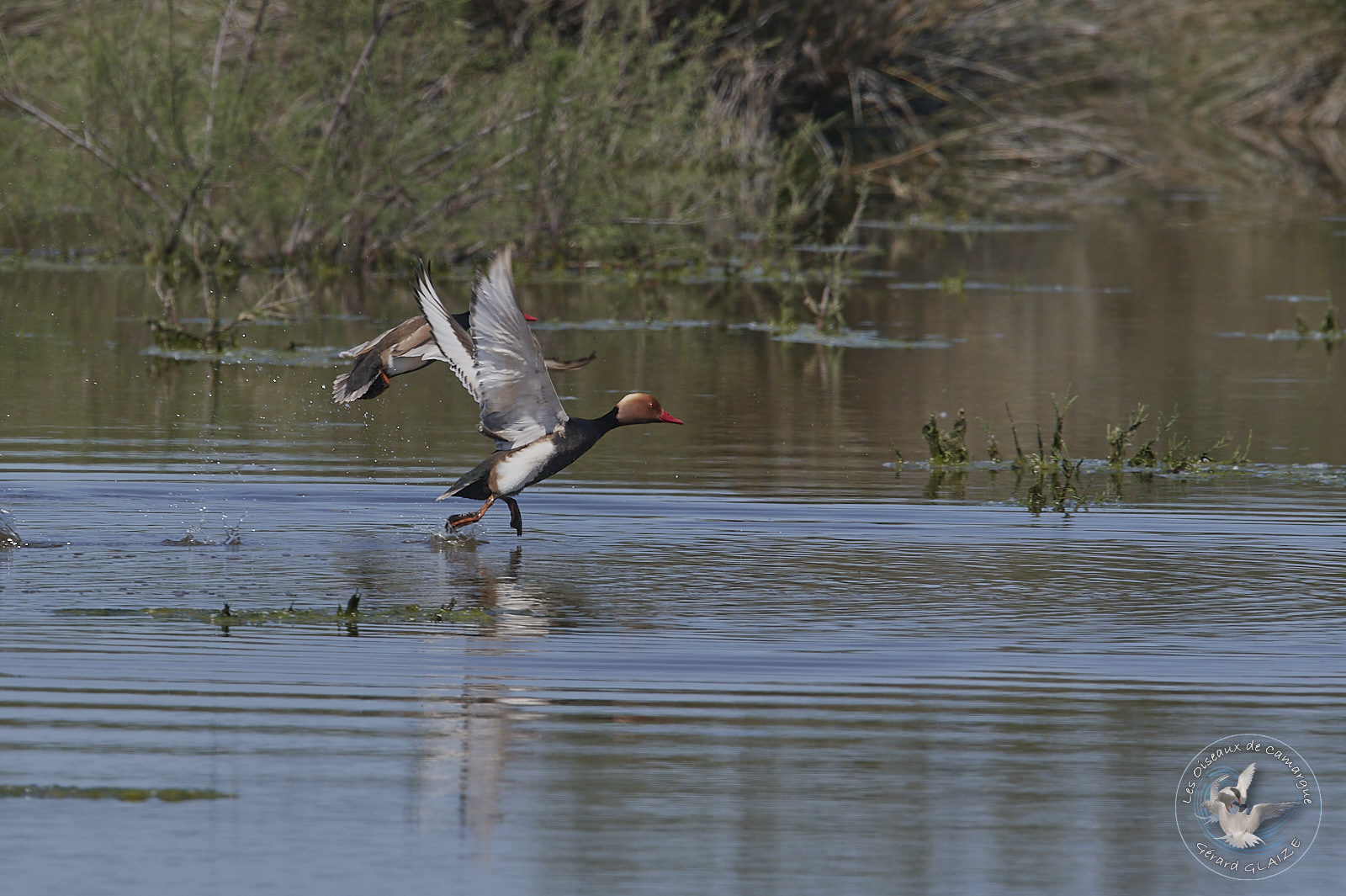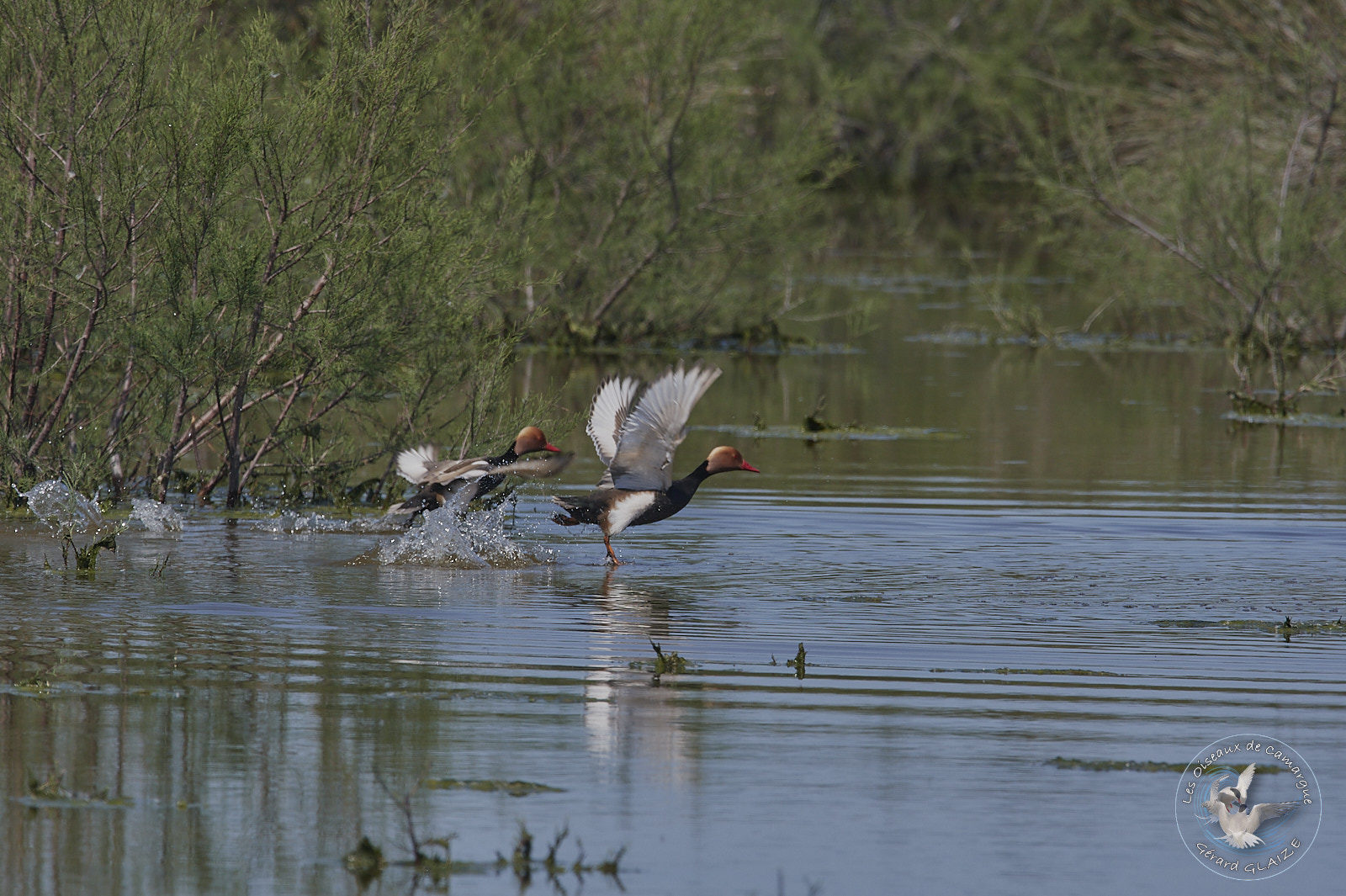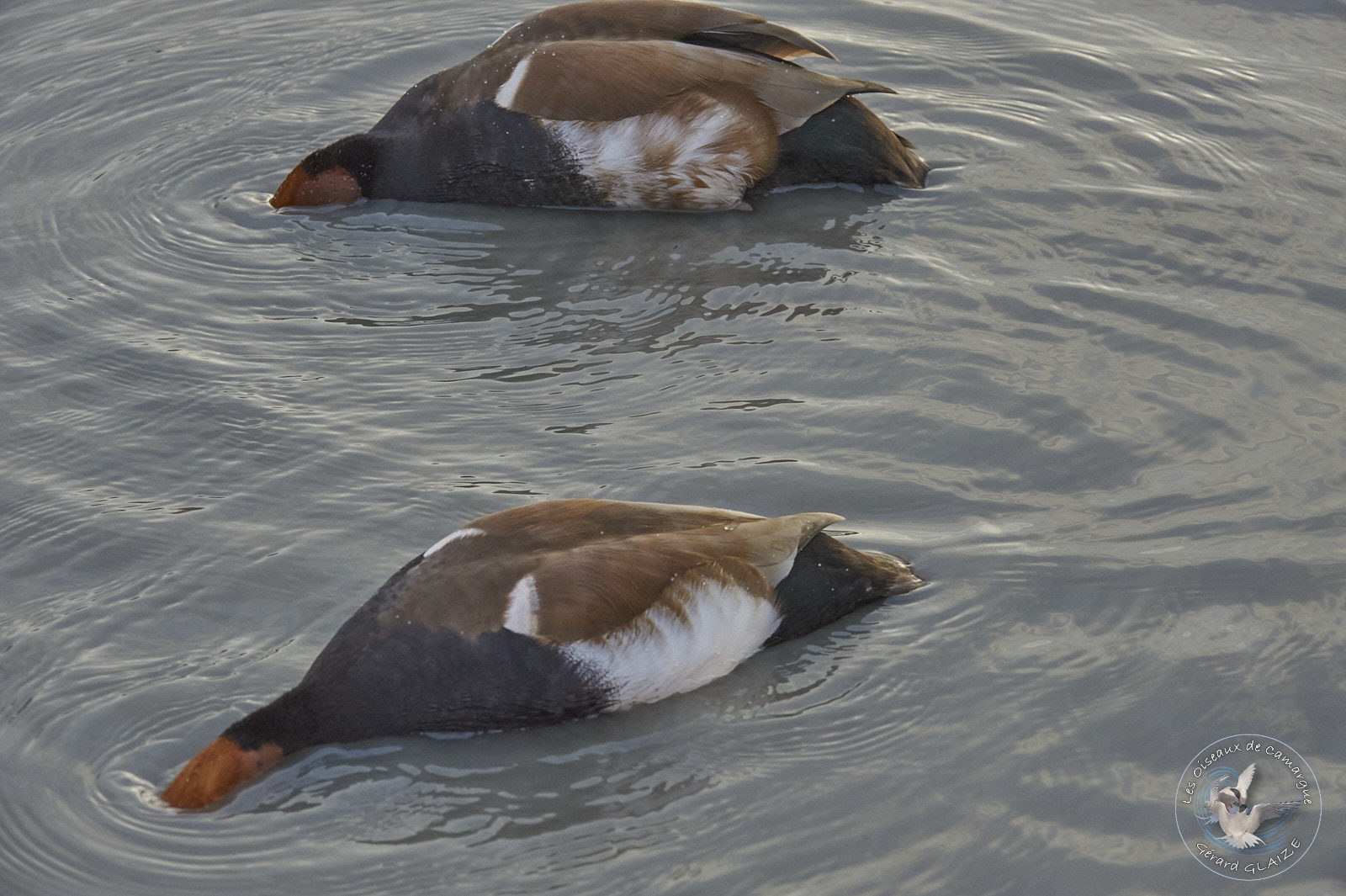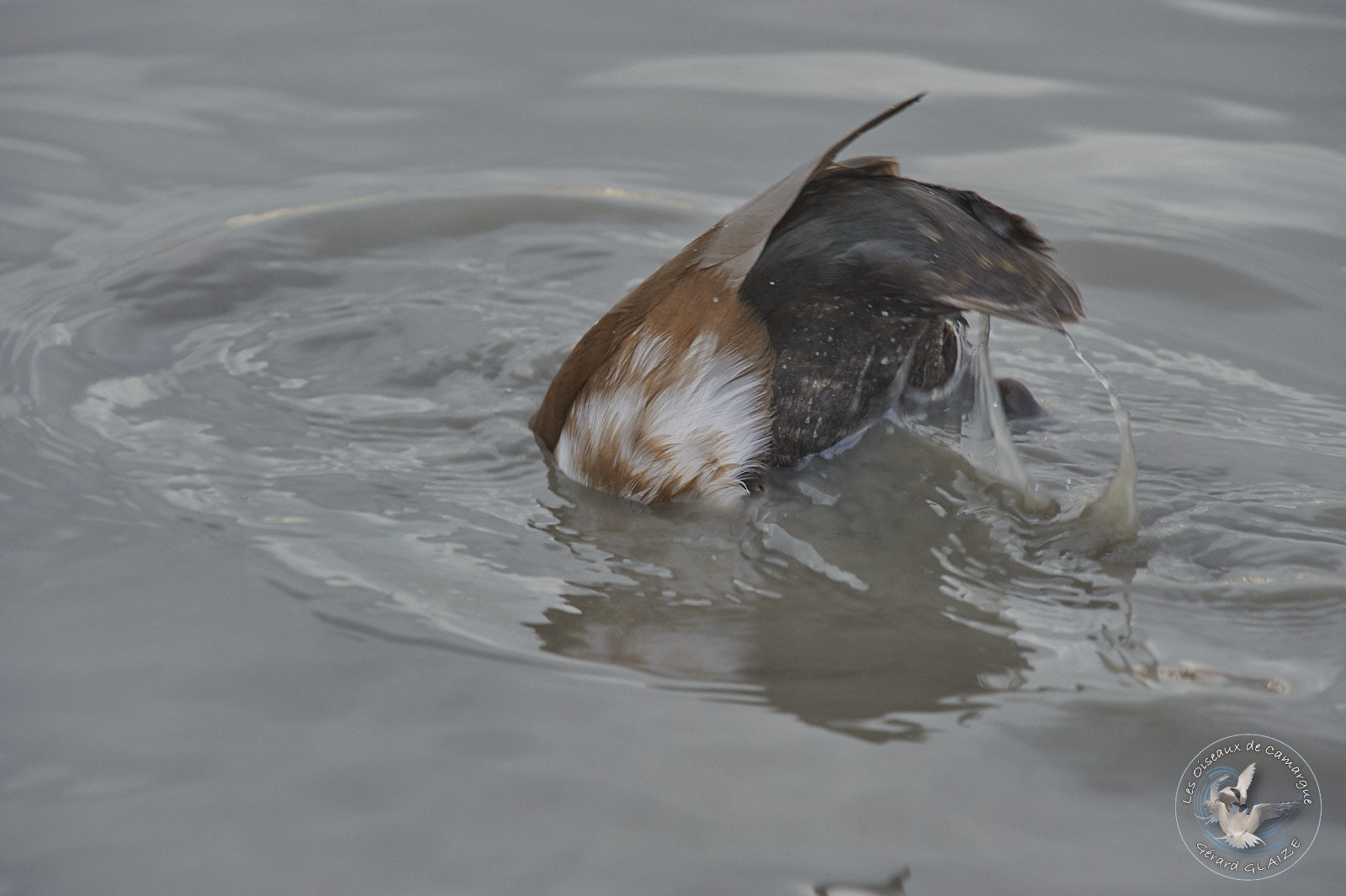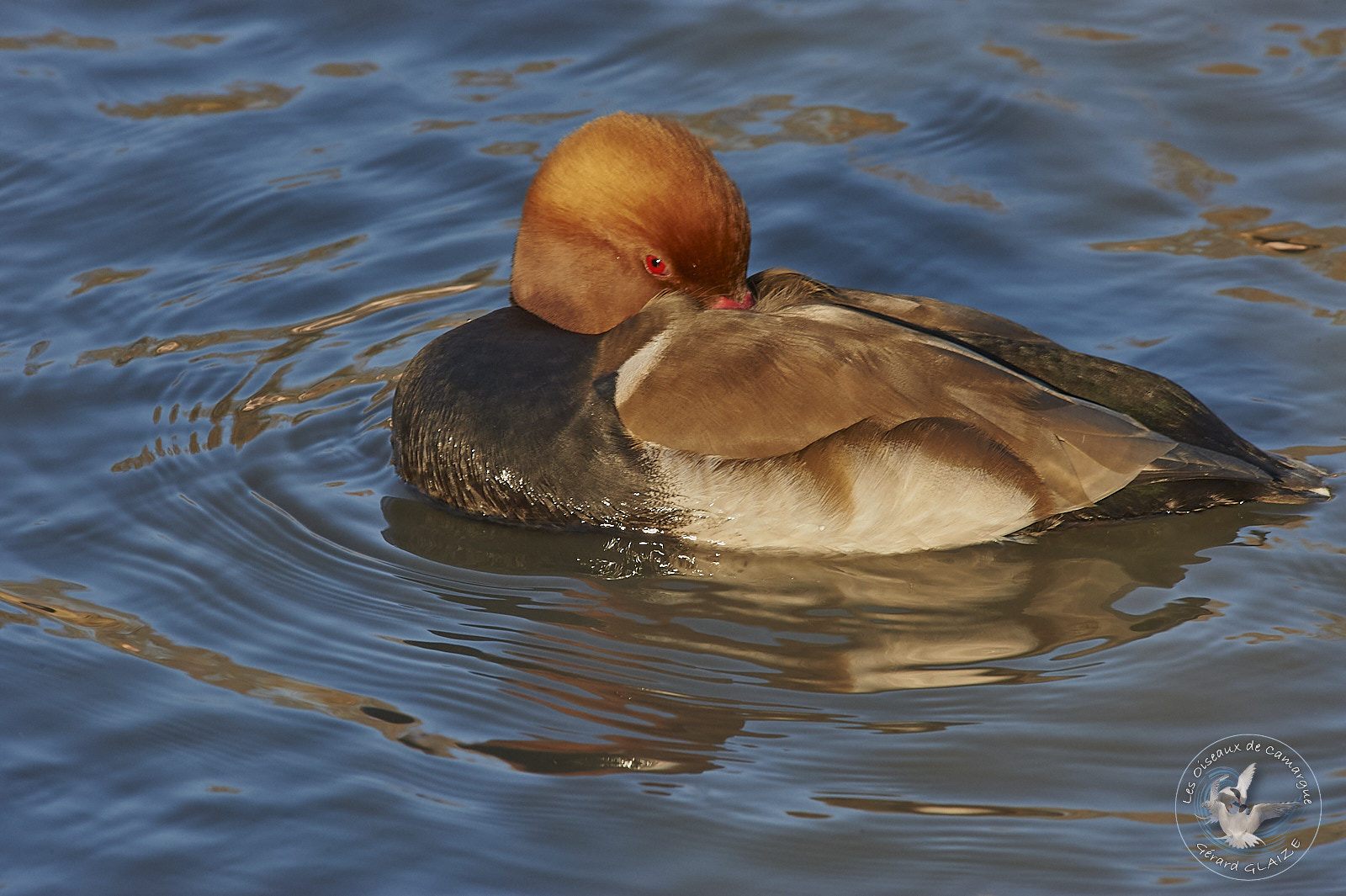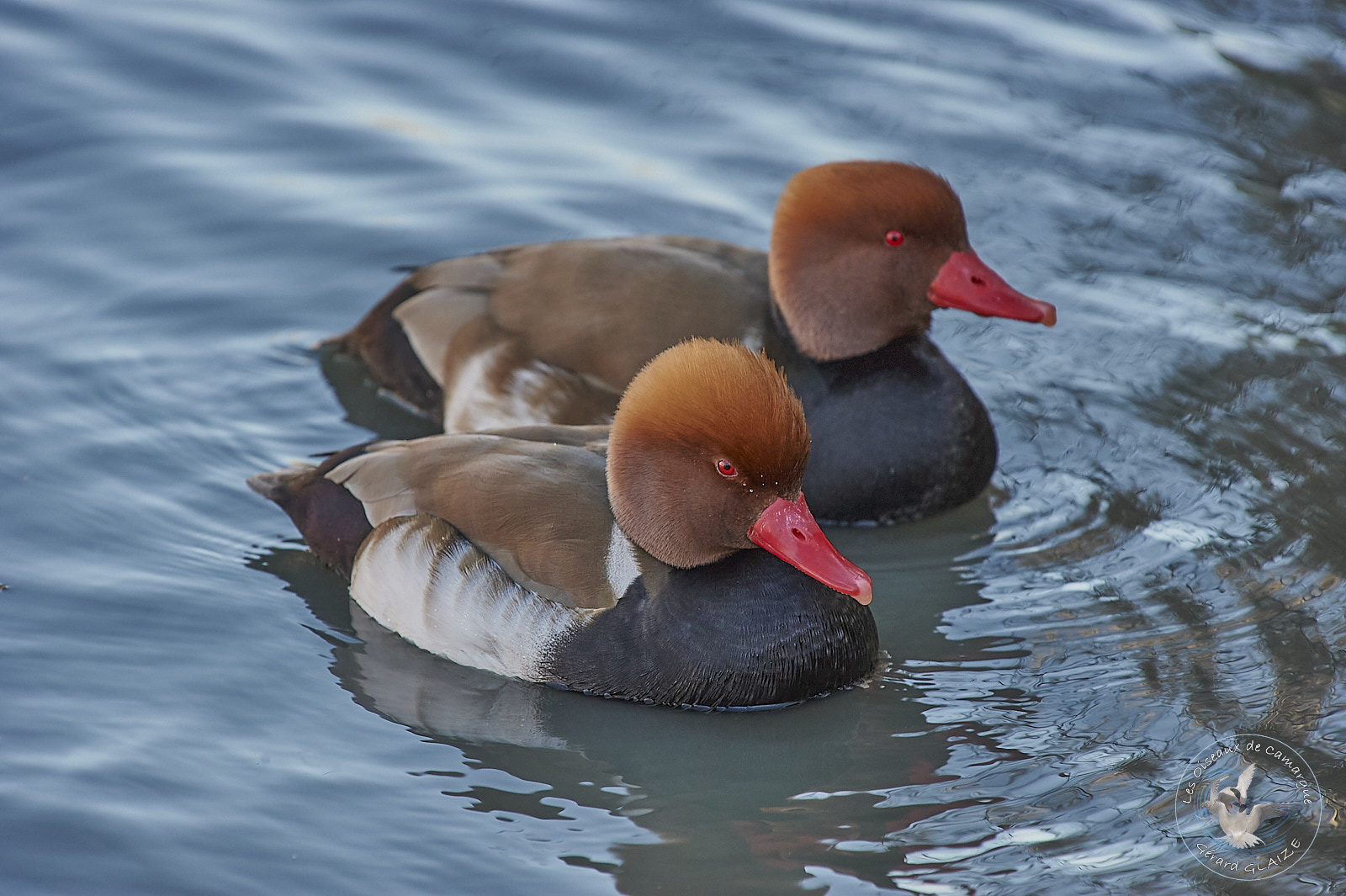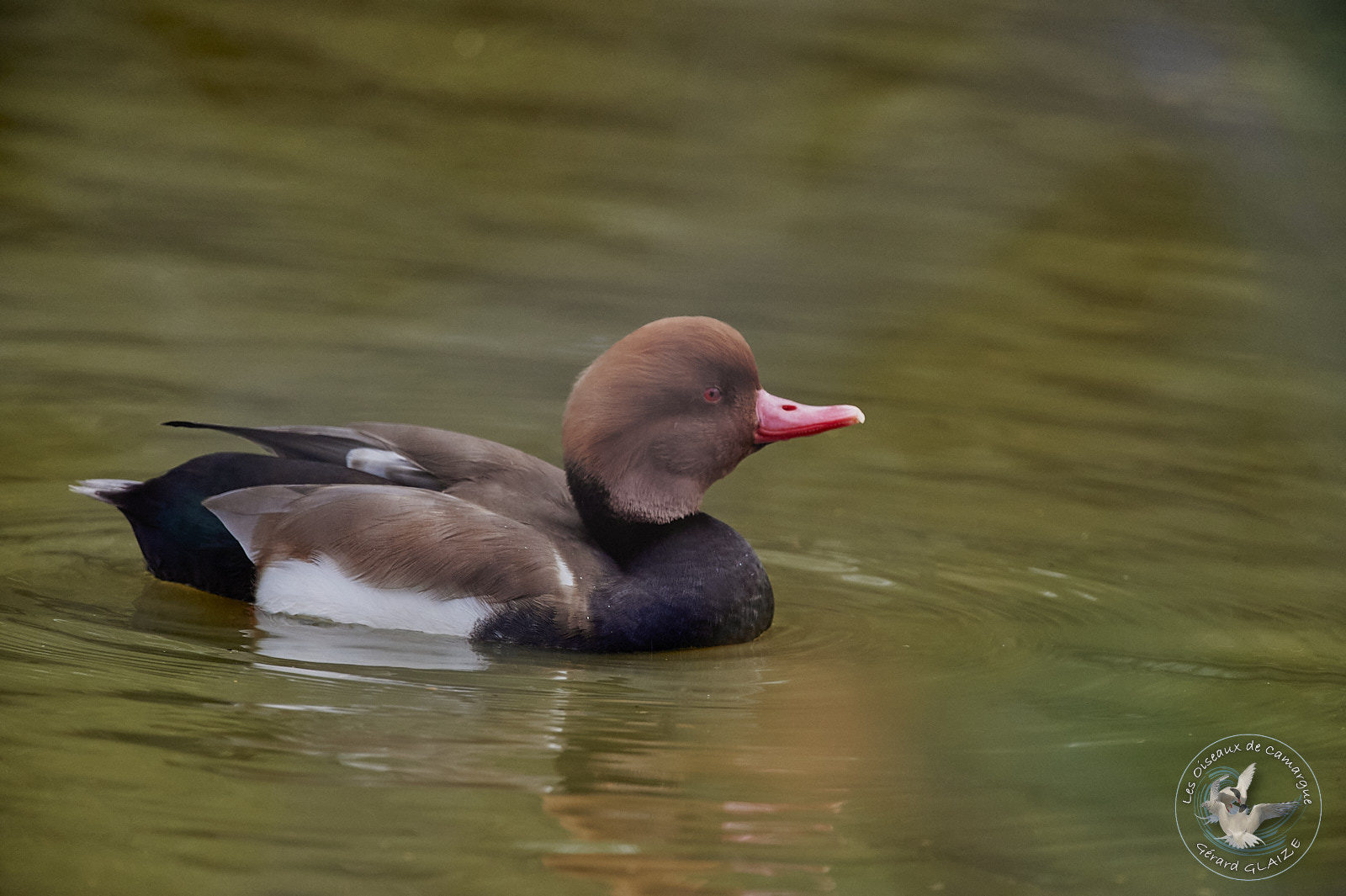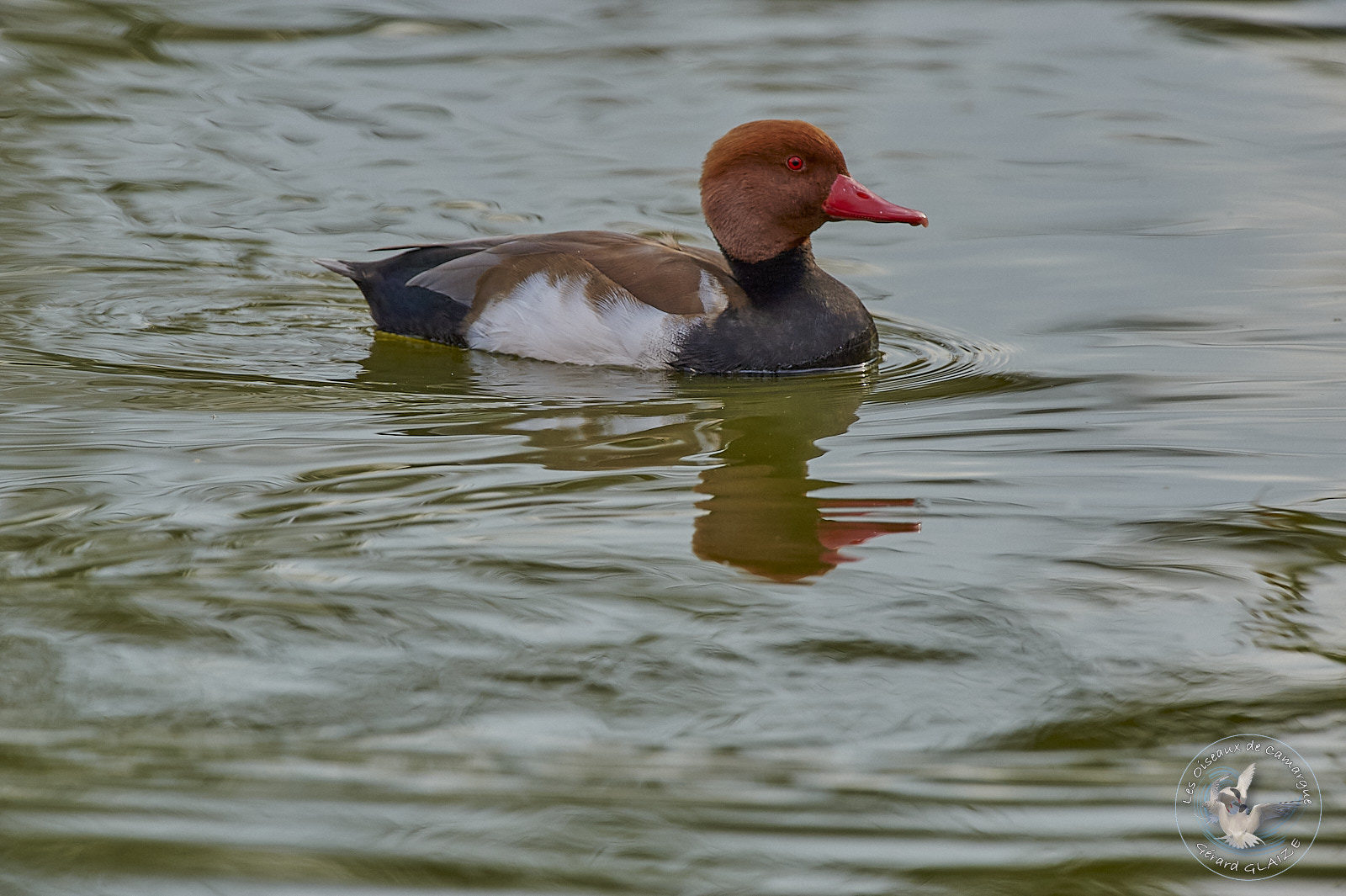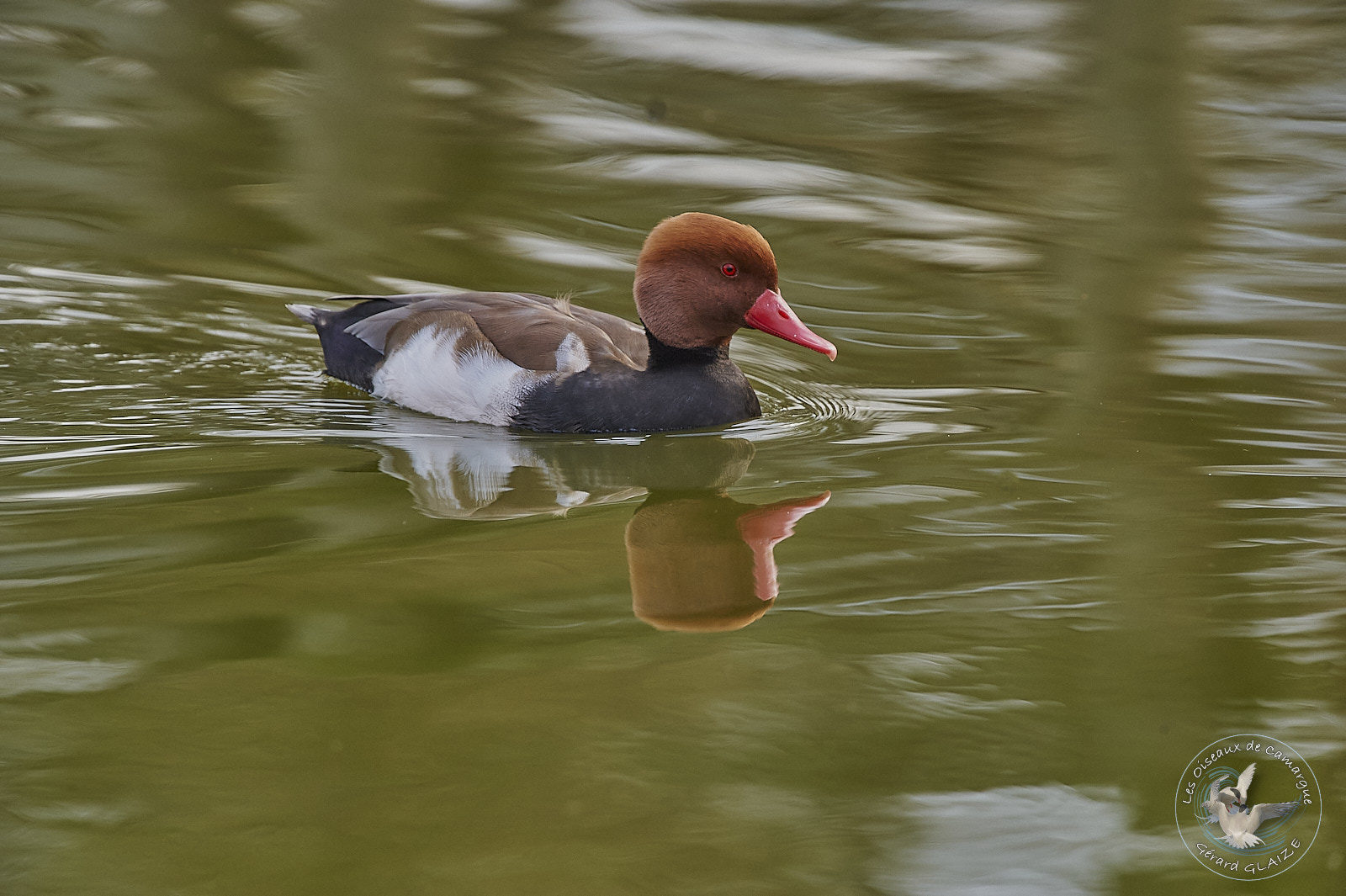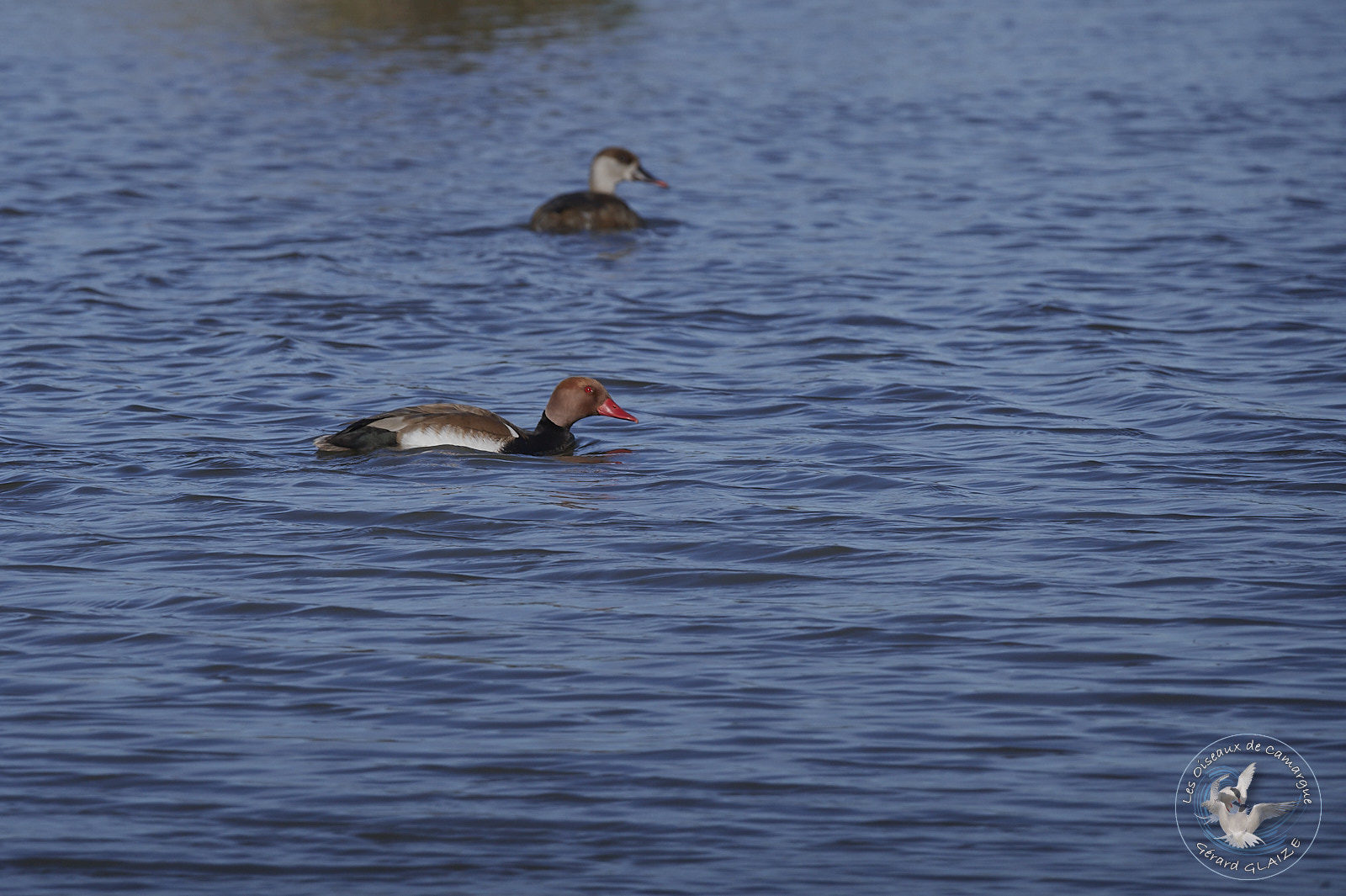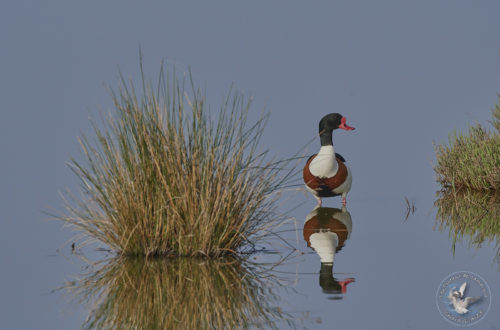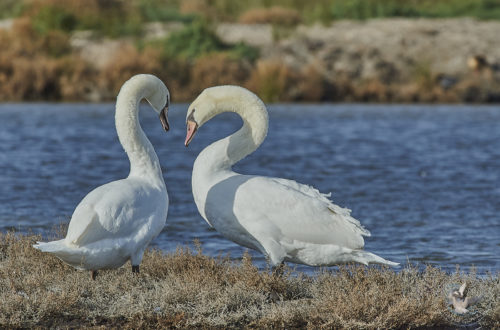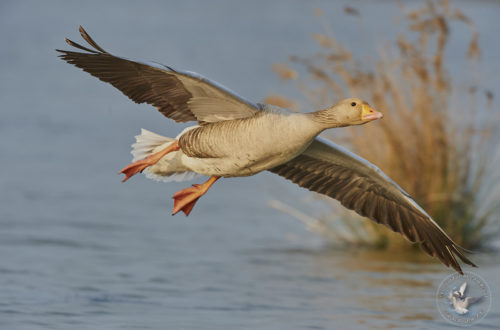Red-crested Pochard
Last updated on June 21st, 2024 at 05:59 pm
This diving duck is remarkable for its very contrasting colors. Male and female are quite dissimilar. The male has a bright red head with a yellow underside. The neck, chest and belly are black, the sides white and the back dark brown. A white band crosses the shoulder. Beak is scarlet red, the legs are red-orange. The female is more discreet: she has a dark brown top of the head, greyish-white cheeks, brown back, paler underside, she has, like the male, a wide white wing bar above. The Red-crested Pochard is similar in size to the Mallard.
It is a bird that can be seen alone, in pairs or in flocks, sometimes mixed with other species.
Red-crested Pochard
Scientific name : Netta rufina
Family : Anatidae
Long. de 53 à 57 cm, Env. de 84 à 88 cm
Weight : de 1.000 à 1.300 gr
Flight
Like almost all Anatidae, the flight is direct, the massive body, the wide wings show a lot of white.
Habitat
It frequents lakes or bodies of water surrounded by reedbeds and ponds with good vegetation. In winter, it is also observed on the sea coasts and on the edge of open lakes near the coast.
Regime – Diet
It feeds on the surface or by diving at a depth estimated between two and four meters. The immersion, quite brief, does not exceed 15 seconds. In shallow water, it immerses its head and neck by tilting its body, which allows it to pull the seaweed it likes from the bottom. It feeds mainly on aquatic plants, but also to a lesser extent on molluscs, insects, worms, crustaceans, small fish, tadpoles.
Nesting
The female reaches sexual maturity around the age of one year and lays 8 to 12 cream-coloured eggs once a year in a nest built on the ground, but always near water, hidden by reeds. Incubation lasts 26 to 28 days. Only the female incubates the eggs (the male watches over the nest) and leads her two-month-old ducklings to the water. The ducklings are precocial, they take their flight at the end of a period of 40 to 50 days after their birth. In France, the red net breeds mainly in the Camargue and in the Dombes.
Migration
It is partial migrant and winters in the Mediterranean region, around the Black Sea. There are many winterers in the Camargue. Migratory movements take place in July-November and returns in February-May.
Protection
On a European scale, a decline in breeding numbers has been recorded. Listed in appendix II/2 of the “Birds” directive, in appendix III of the Bern Convention, in appendix II of the Bonn Convention and listed in category B1 of AEWA (population of Europe Central and South-West/West Mediterranean), a classification a priori still insufficient since the species is authorized for hunting in France.
Cry
In flight, the female emits a rather muffled vouuvouuvouu cry which reminds us of a bark and on the ground a hoarse keuuurr…, she remains silent after the nuptial period whereas the male is audible all year round in flight and on the ground.
Other Links
- You can see the article from my site “Birds of Camargue” for more information on the Camargue and the Birds.


